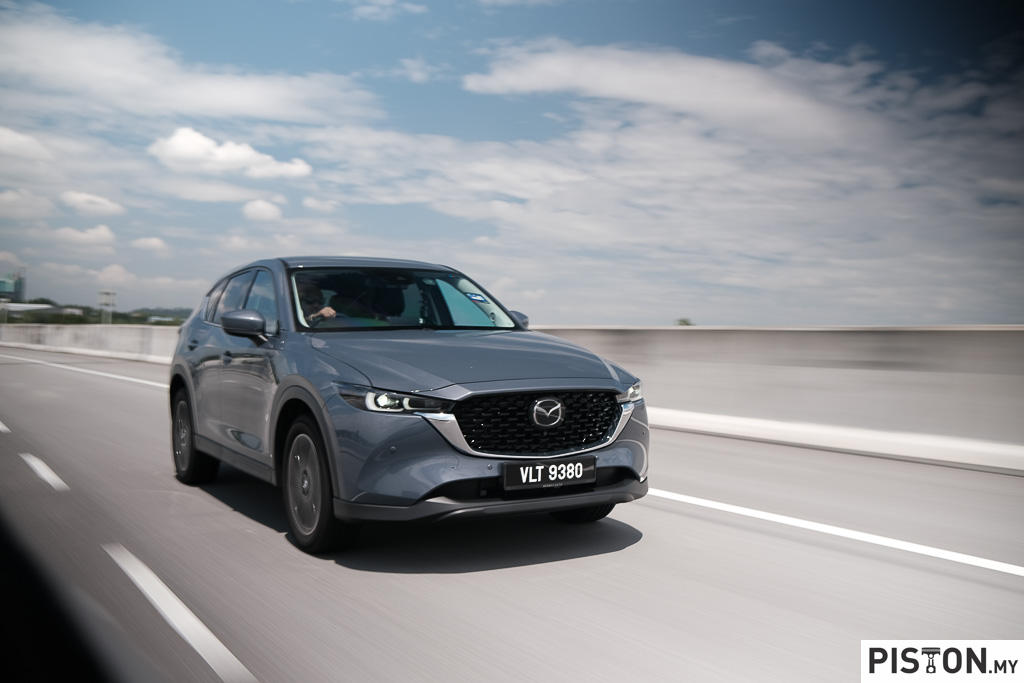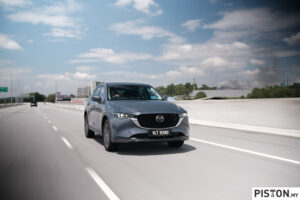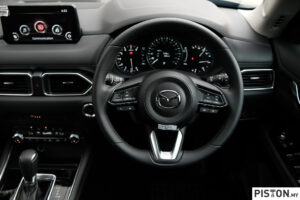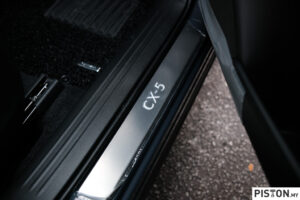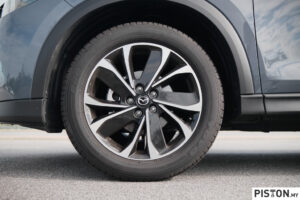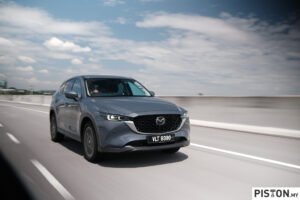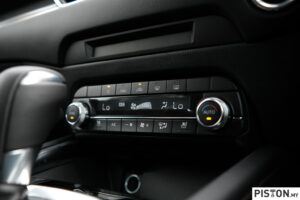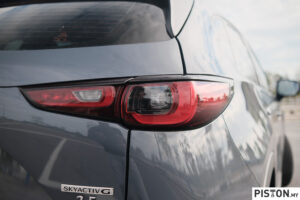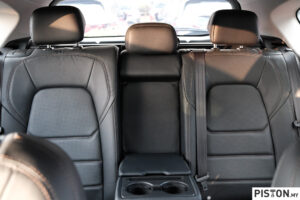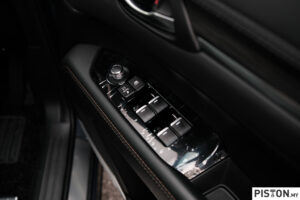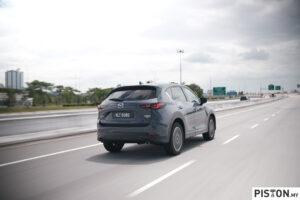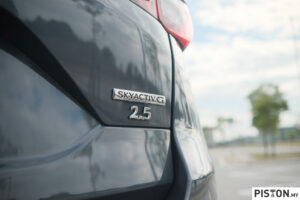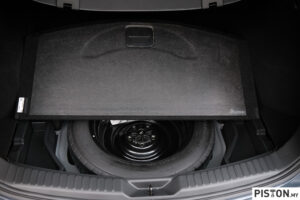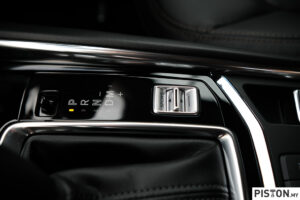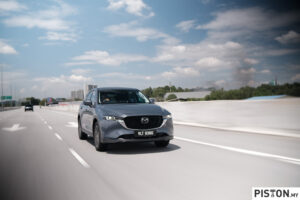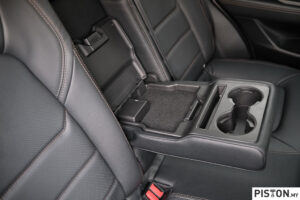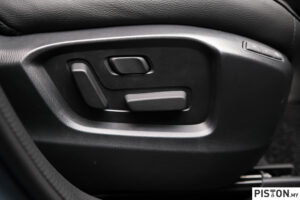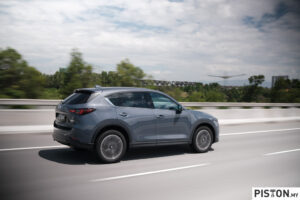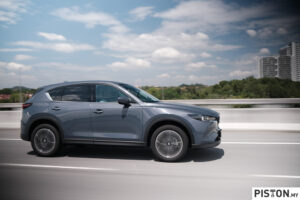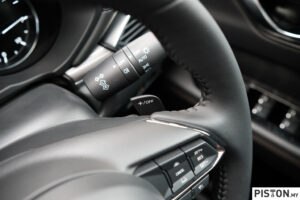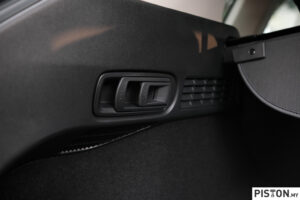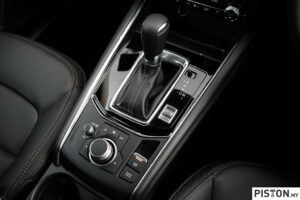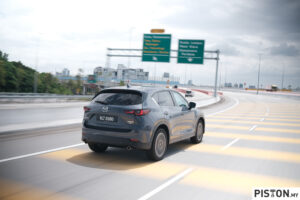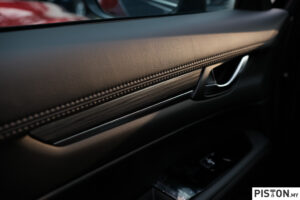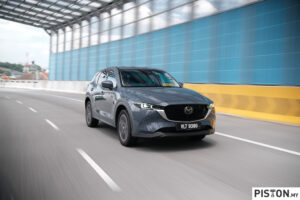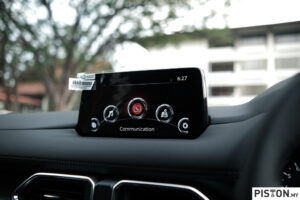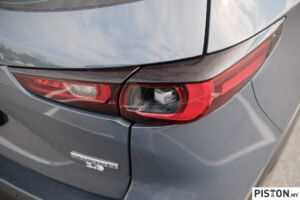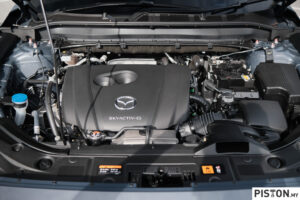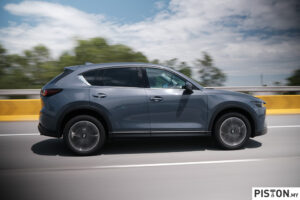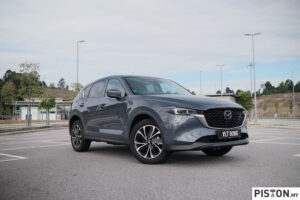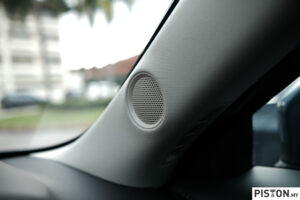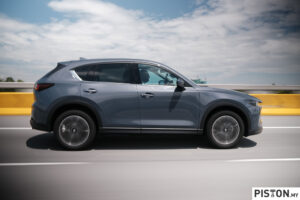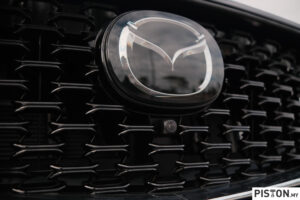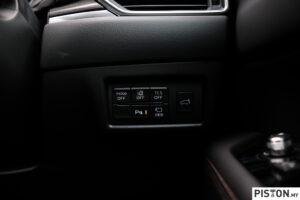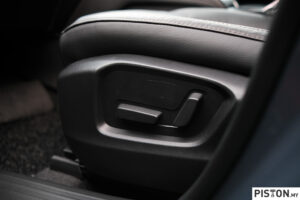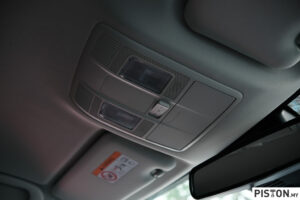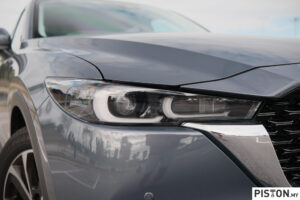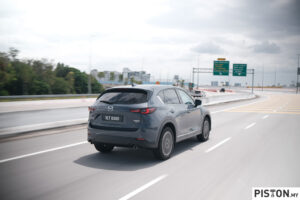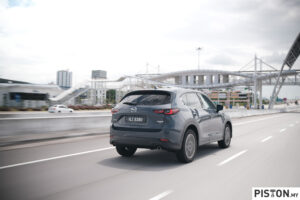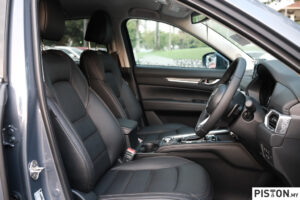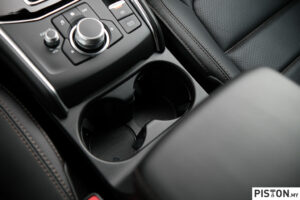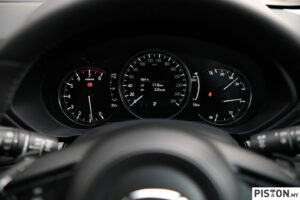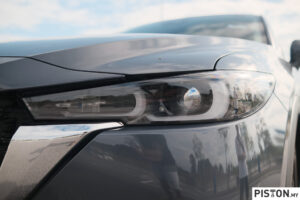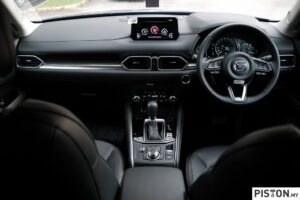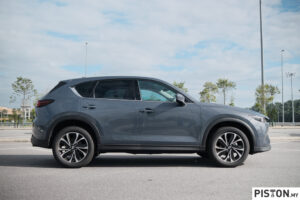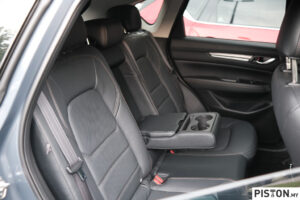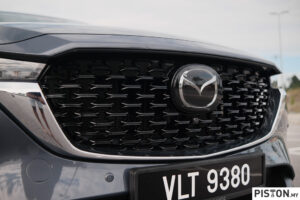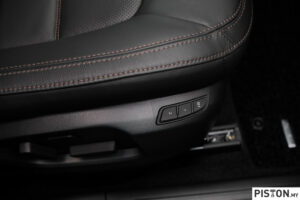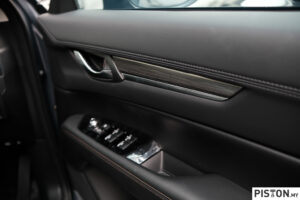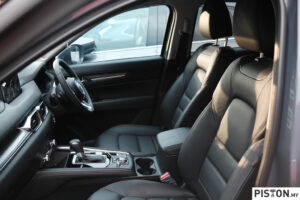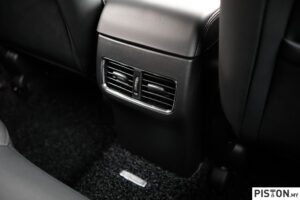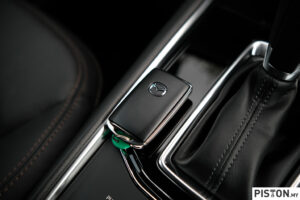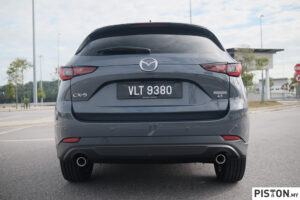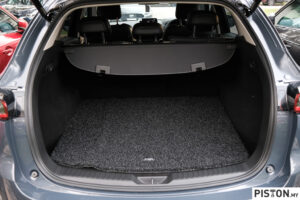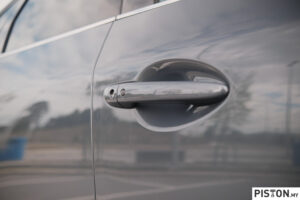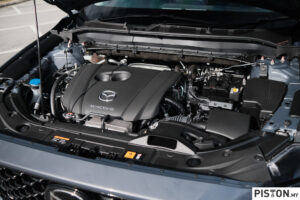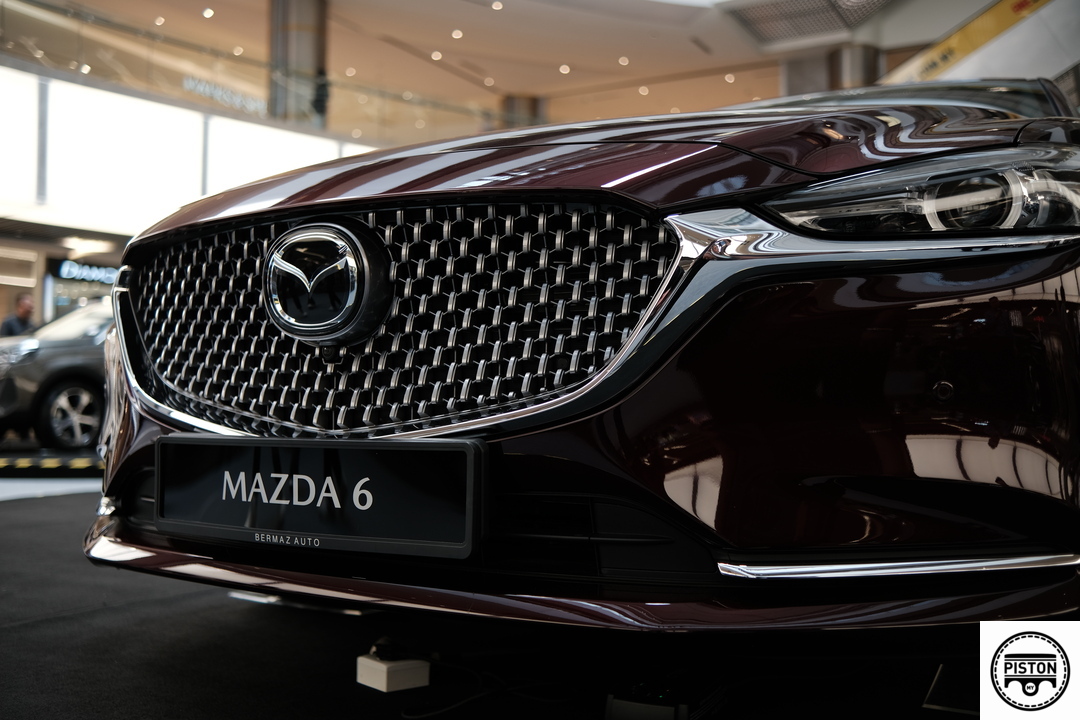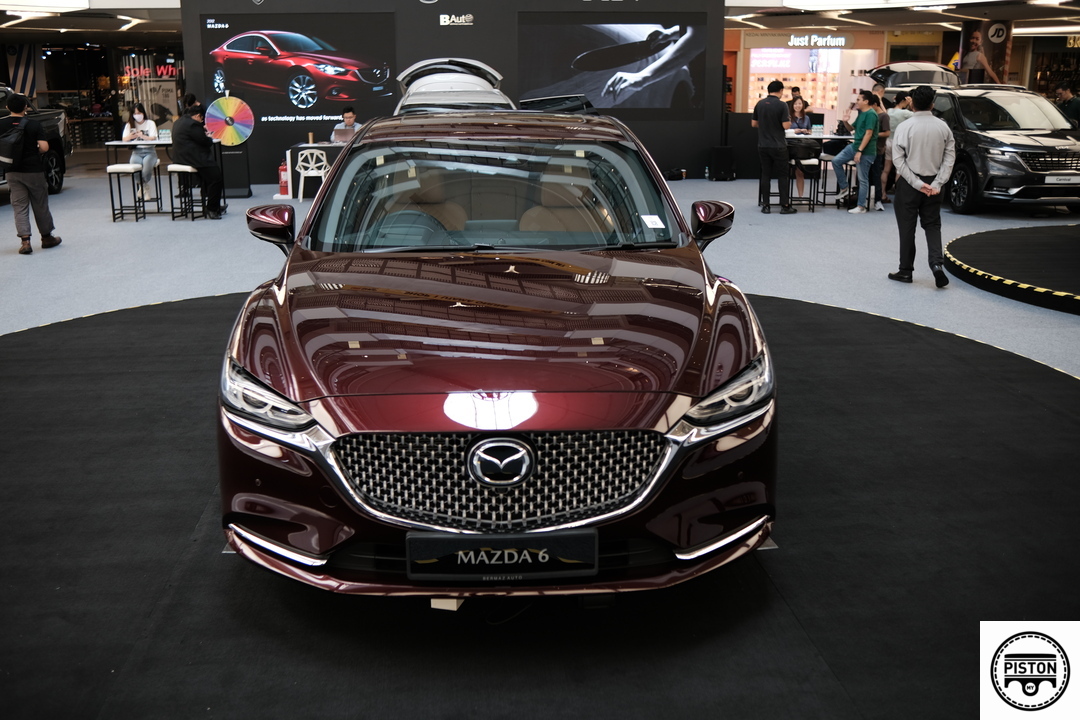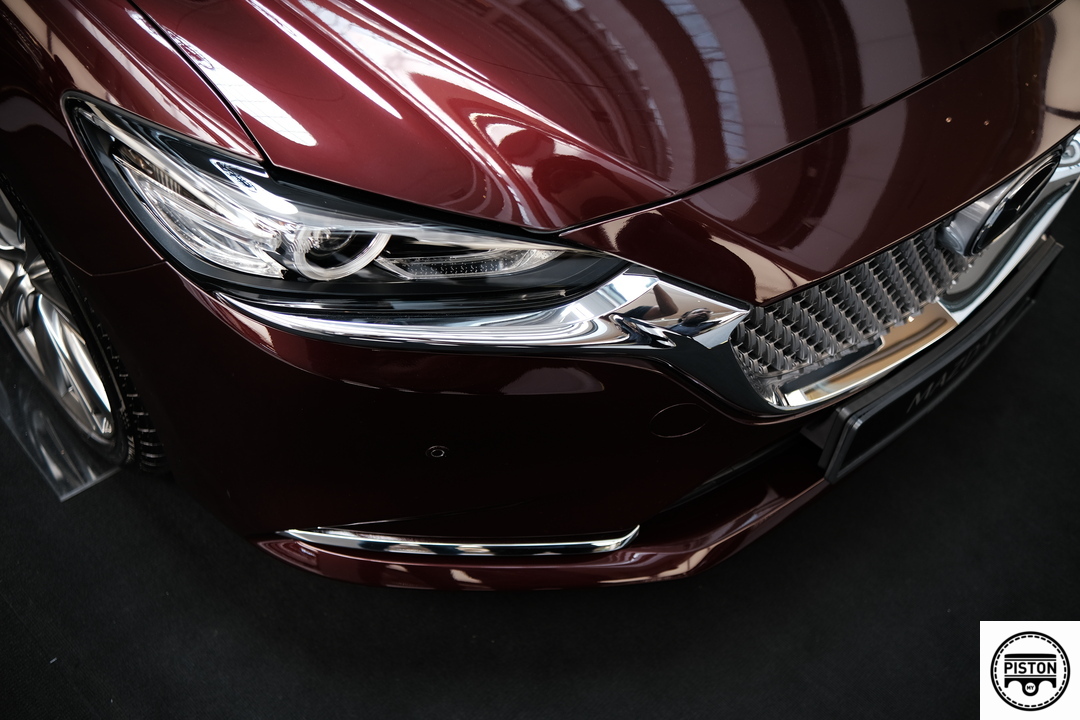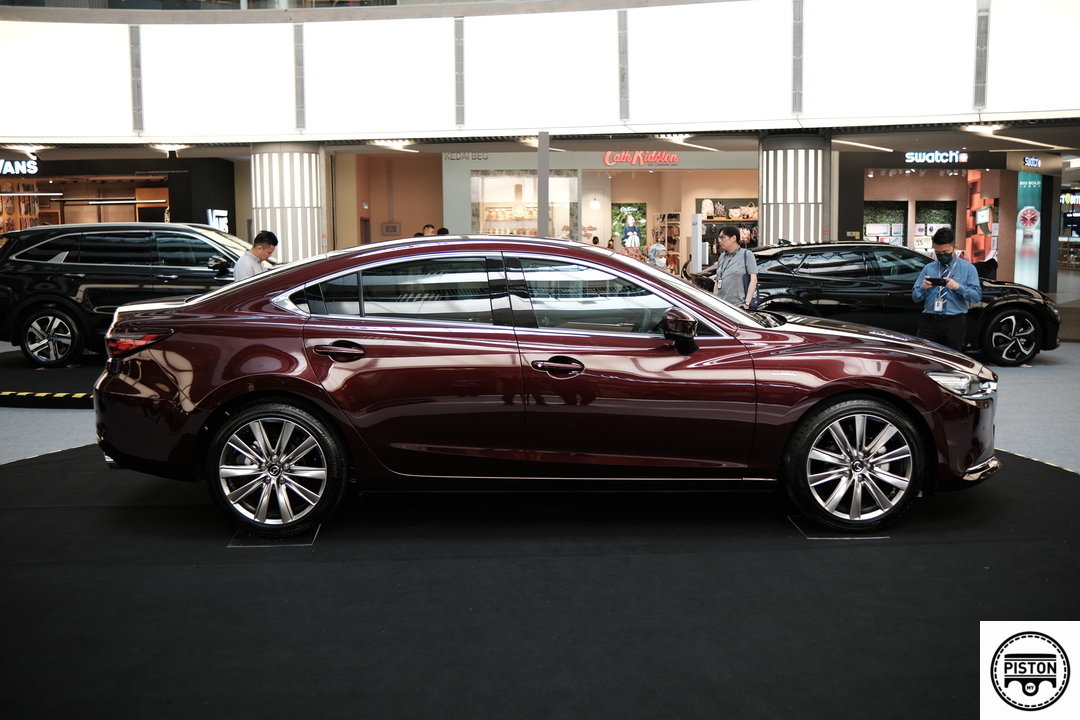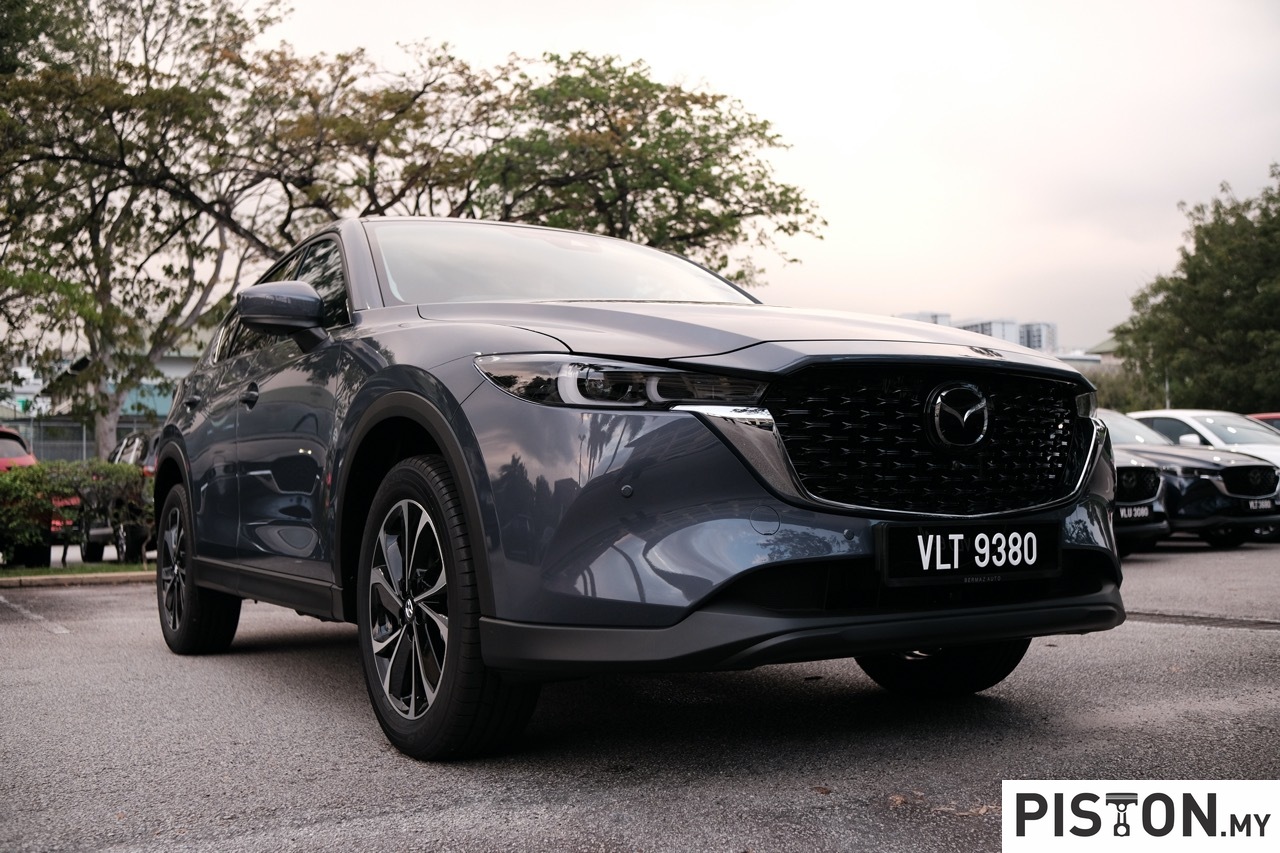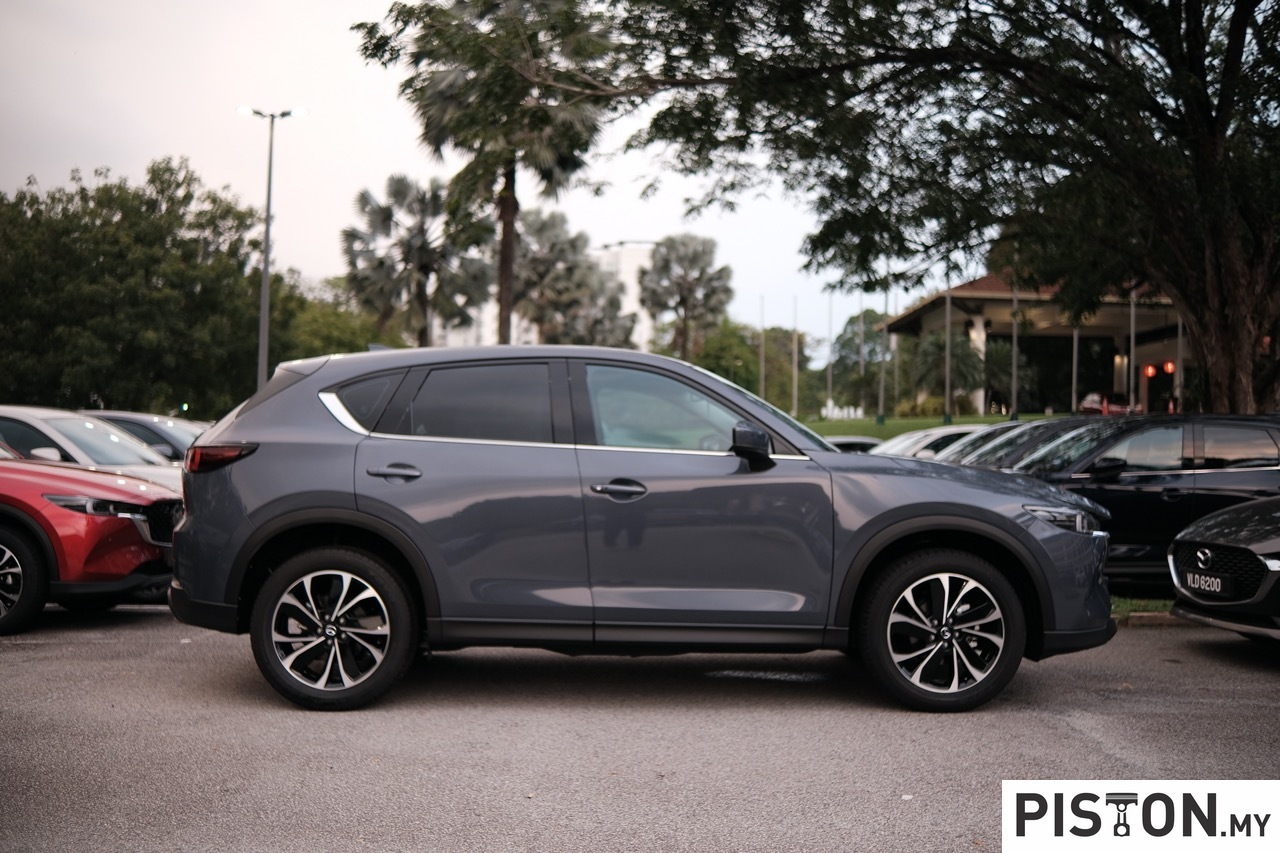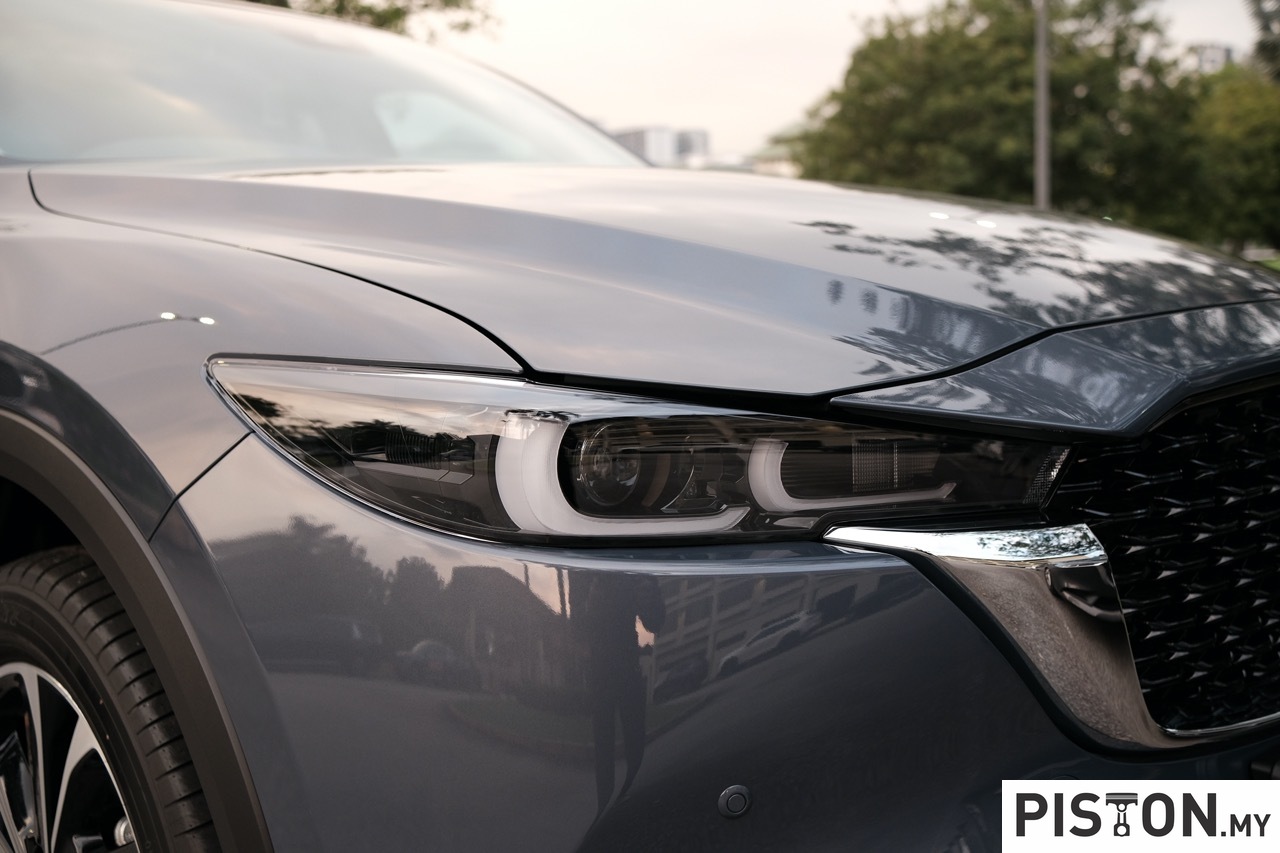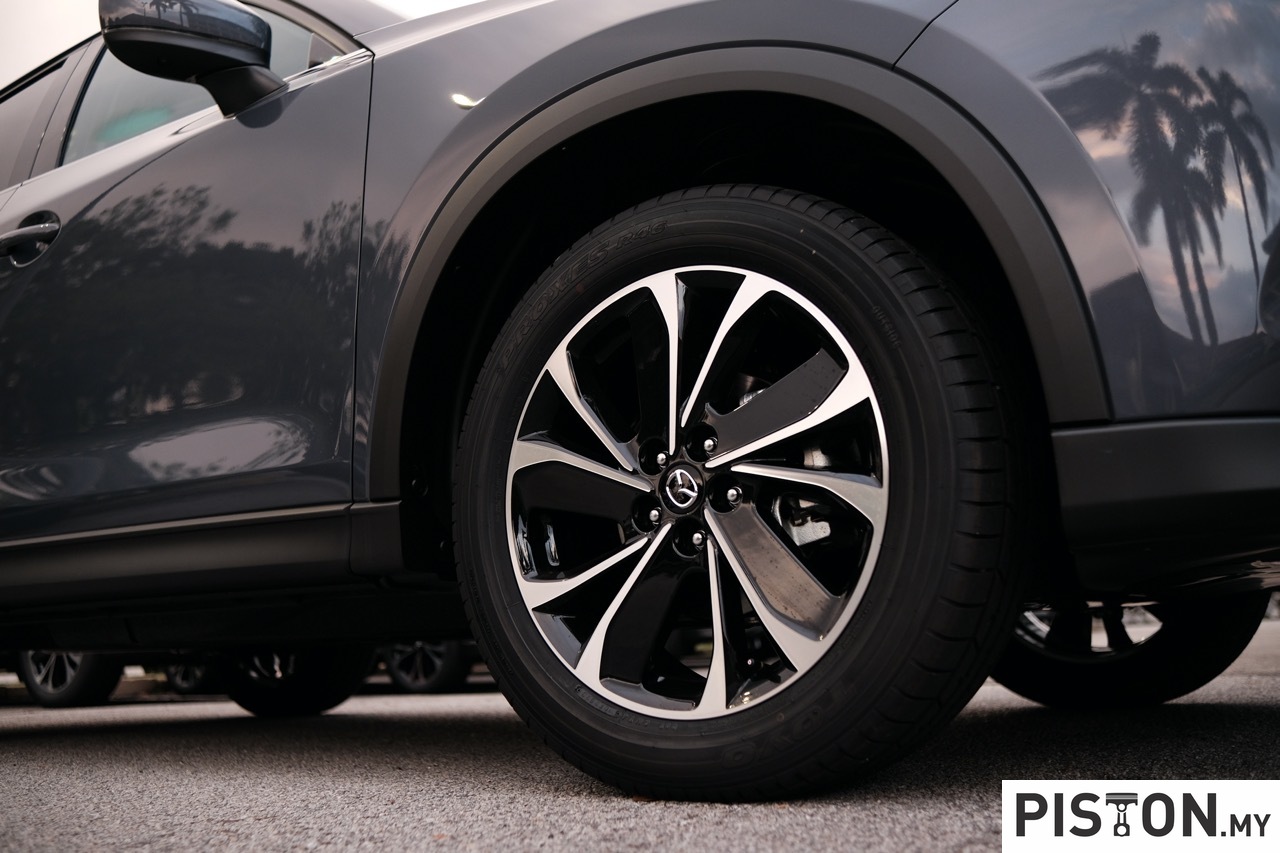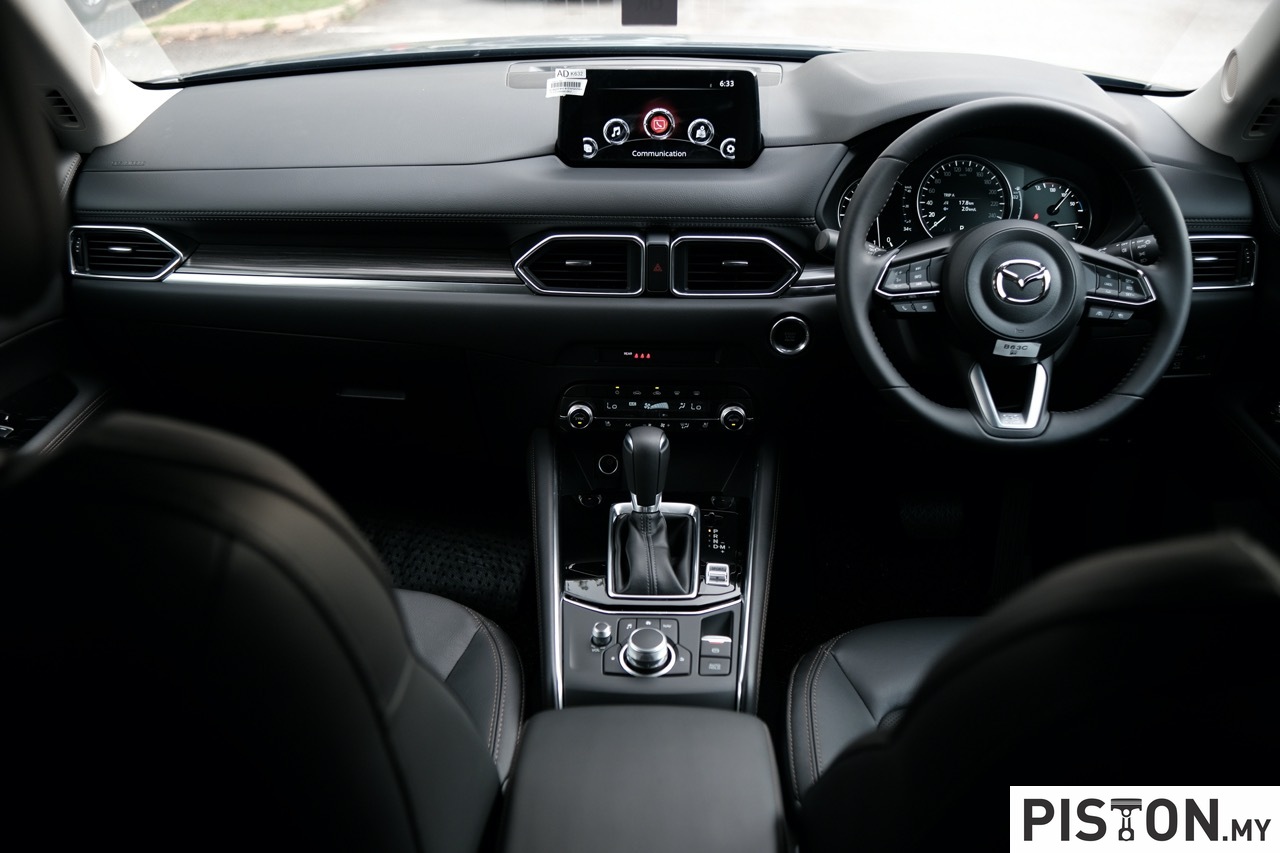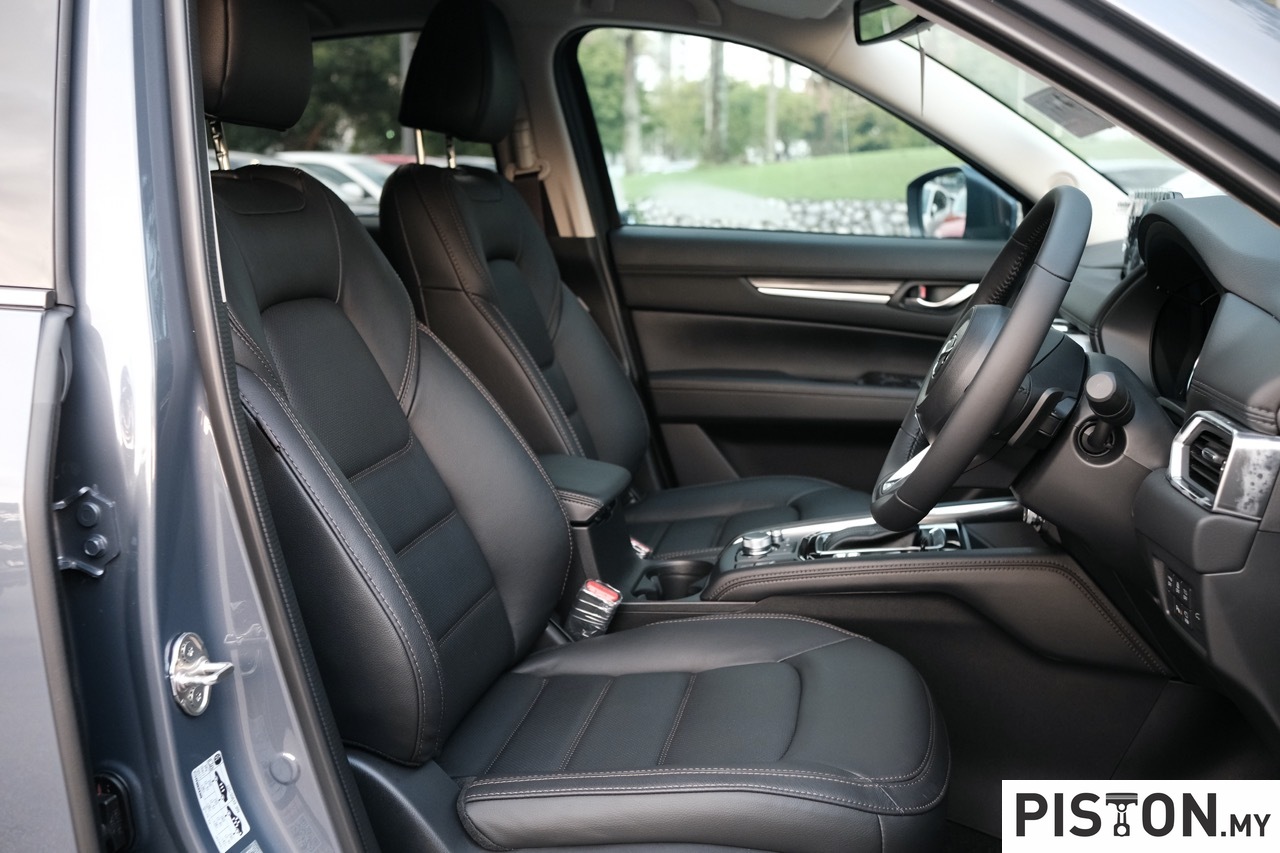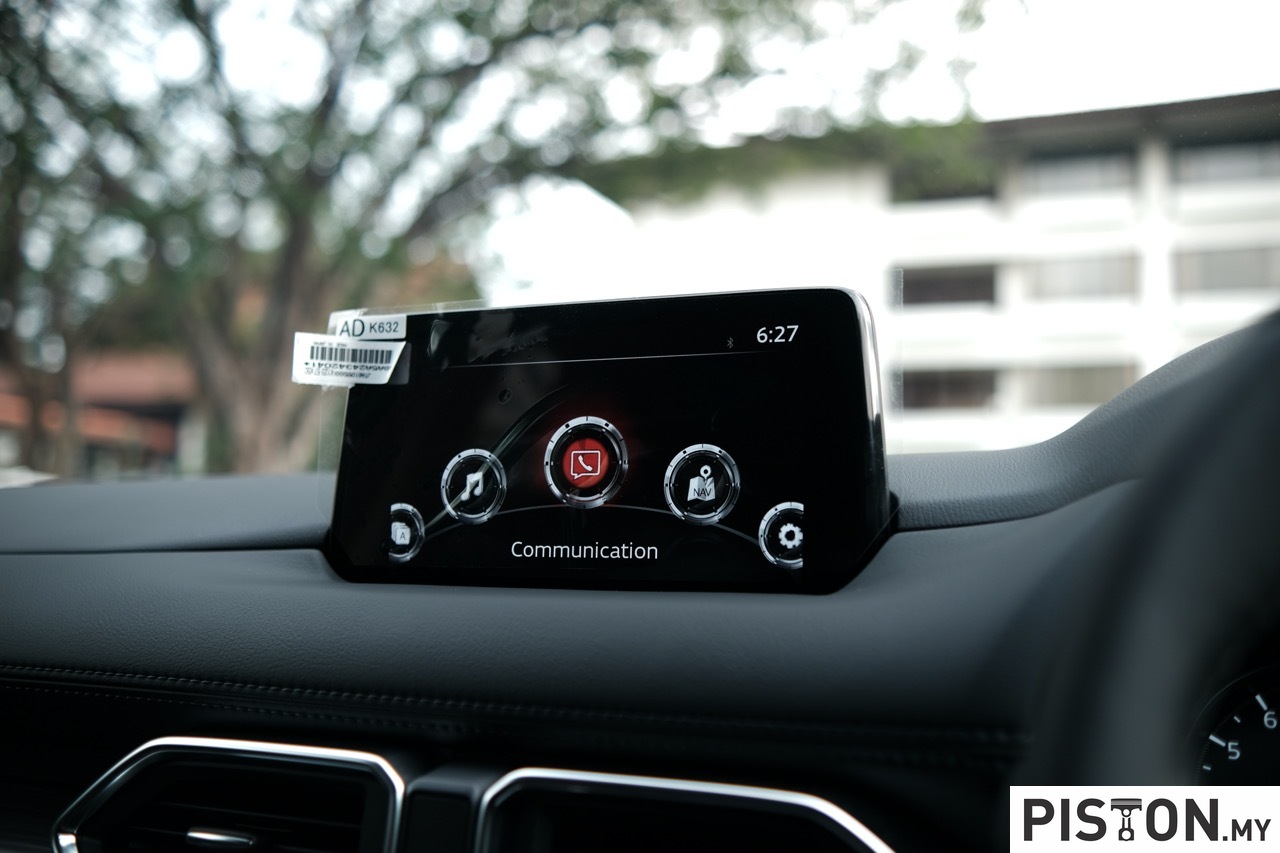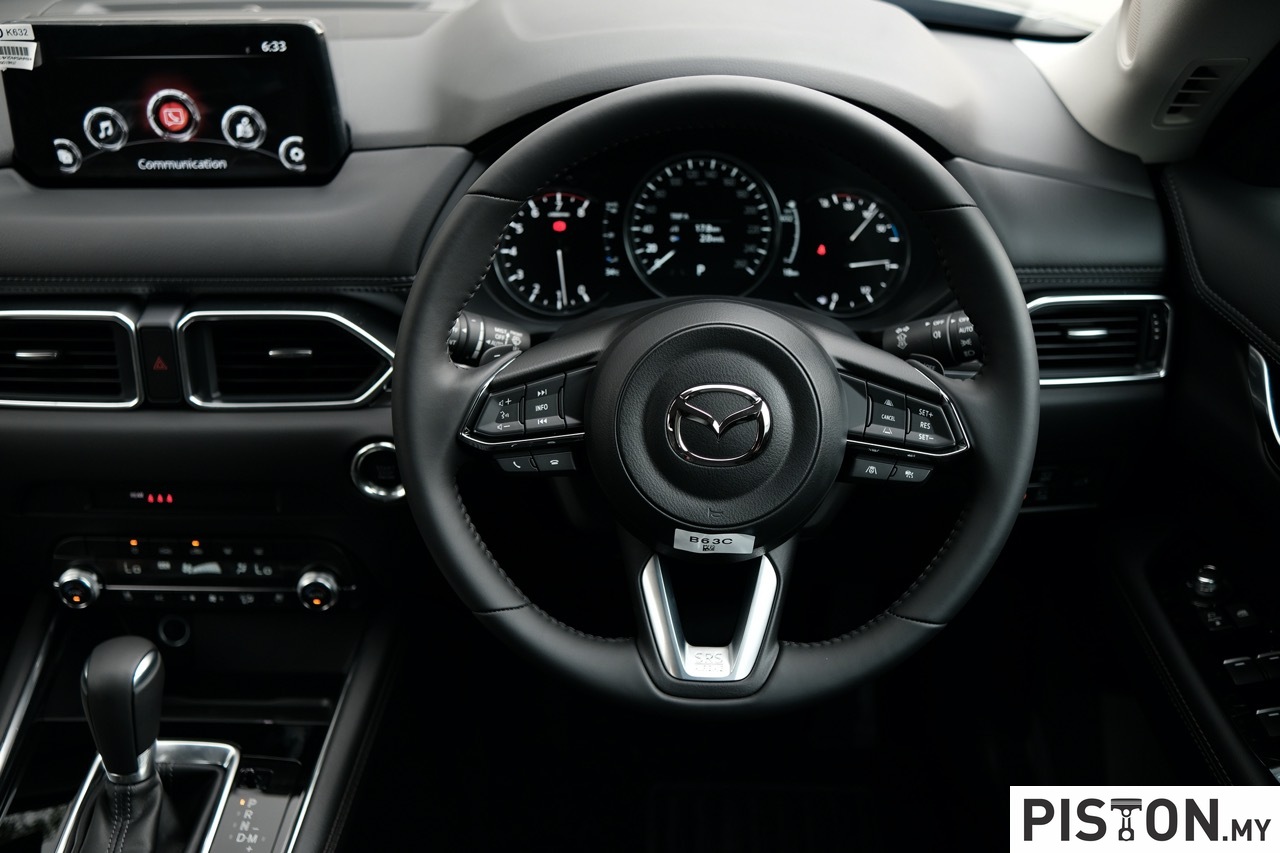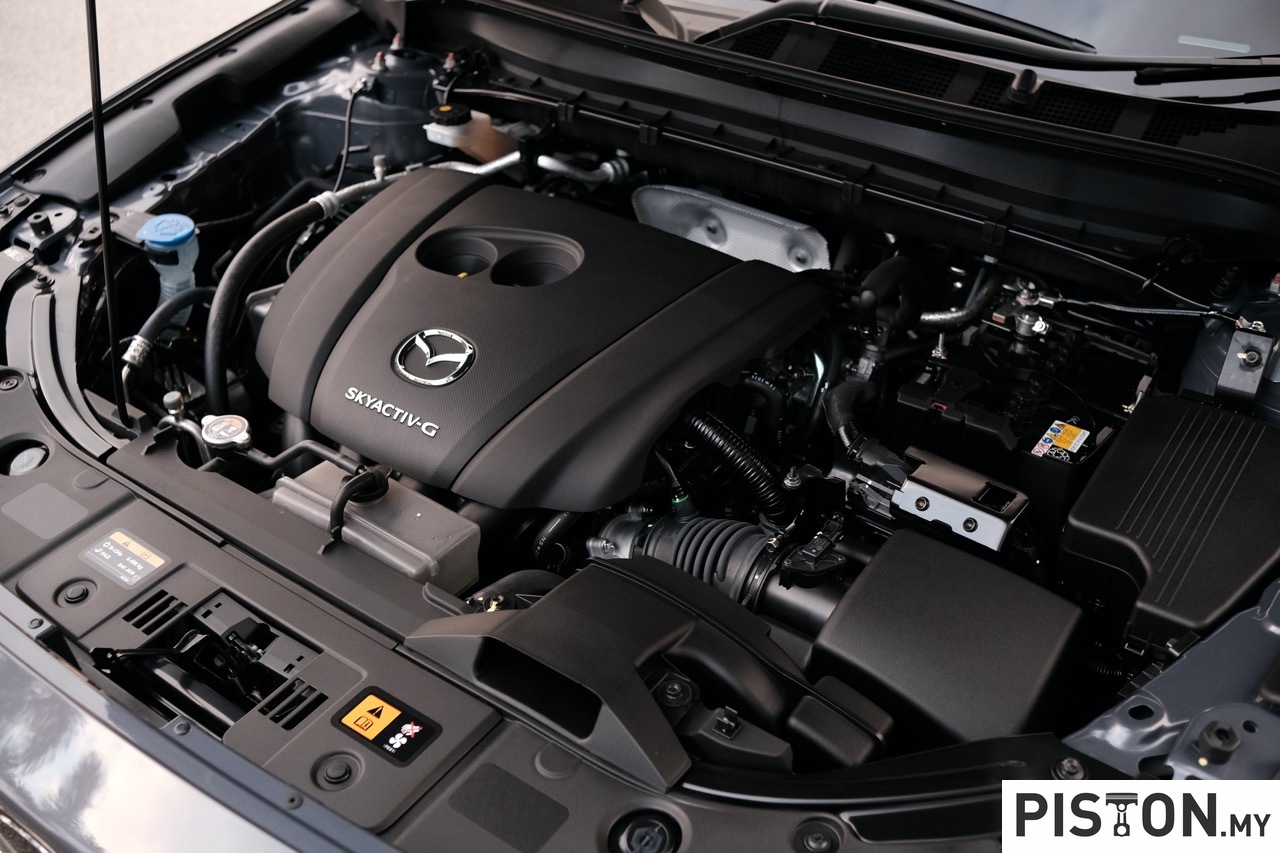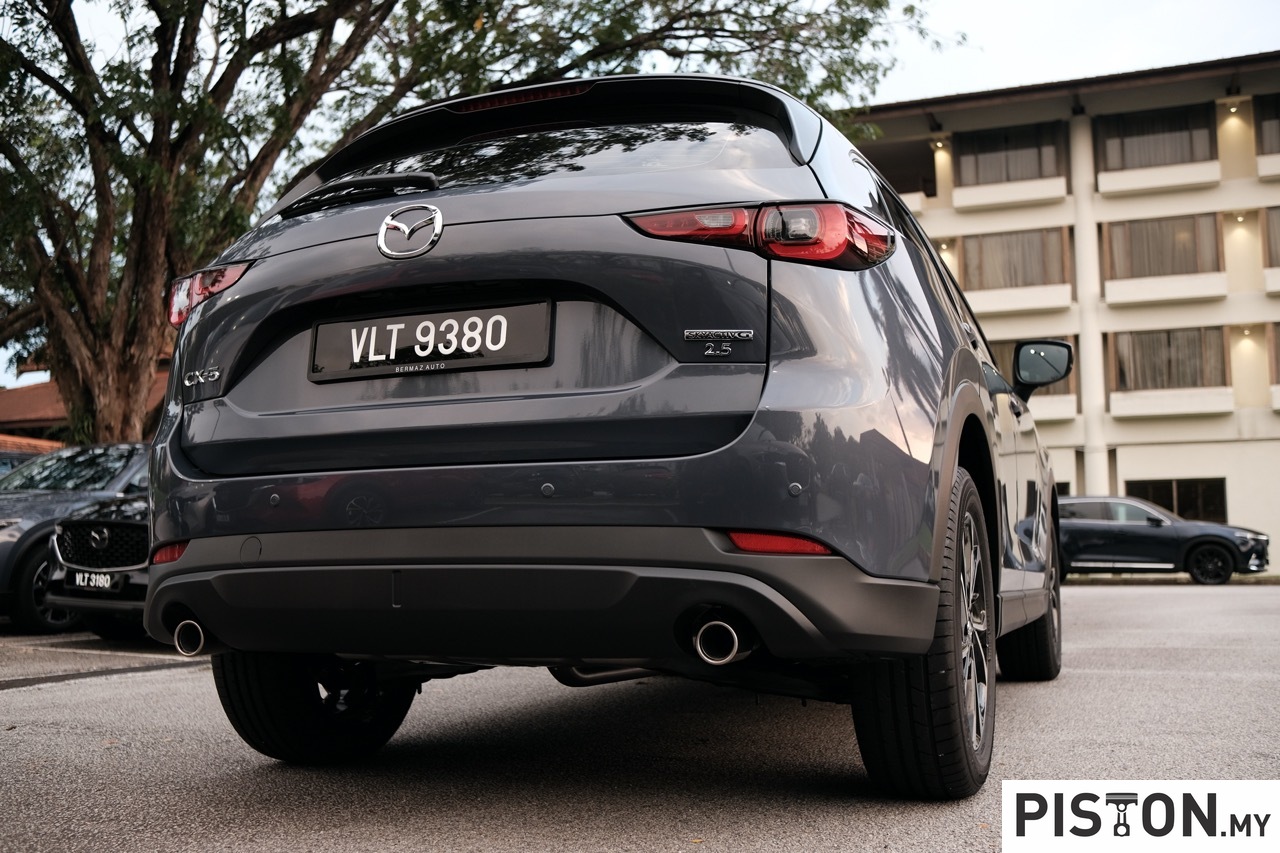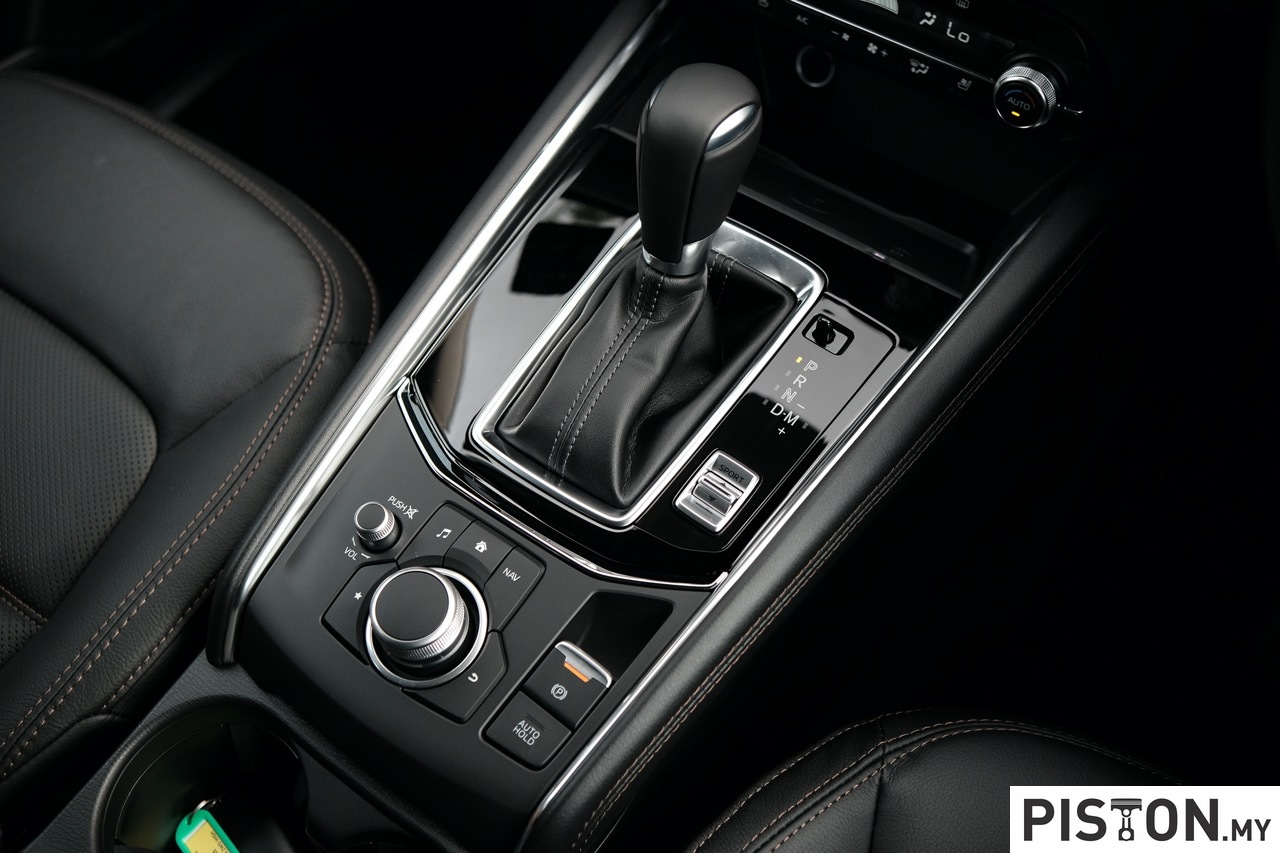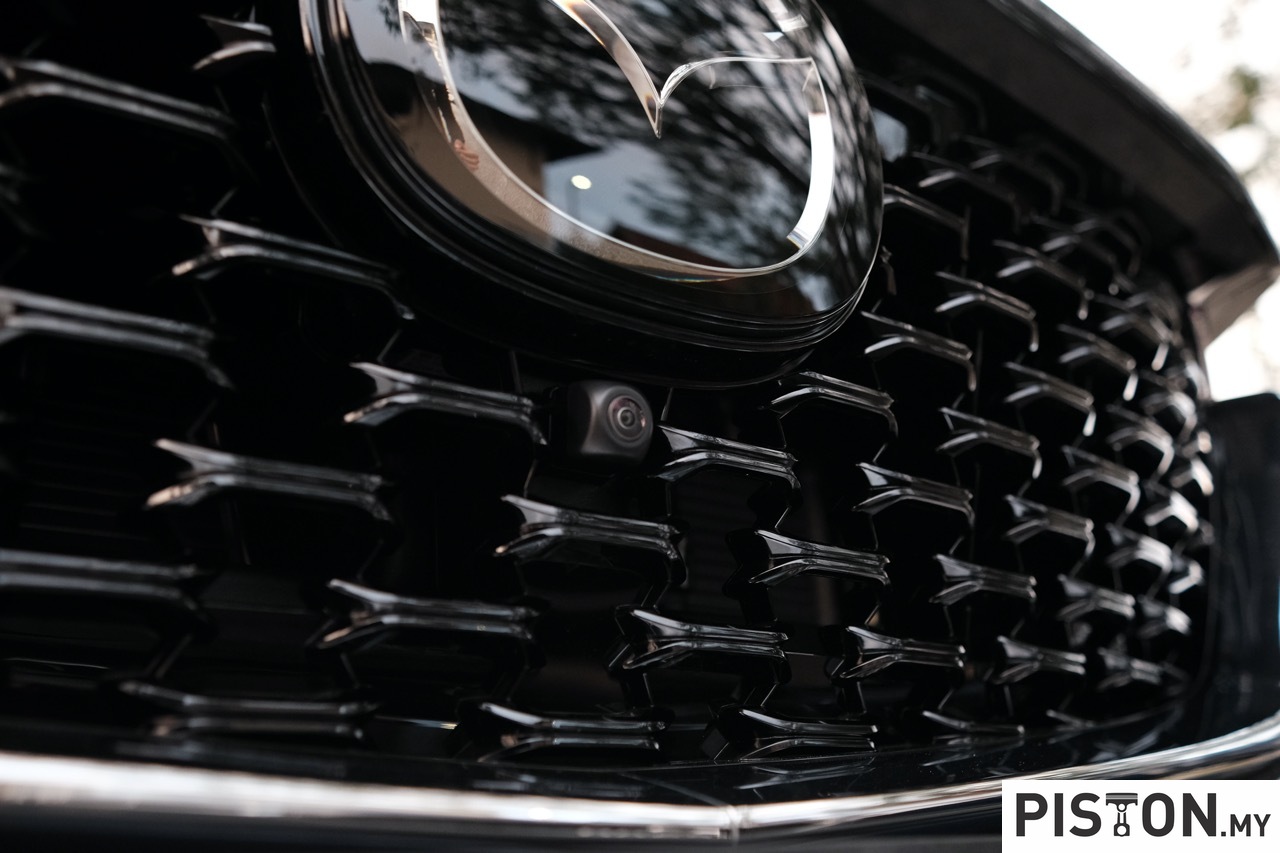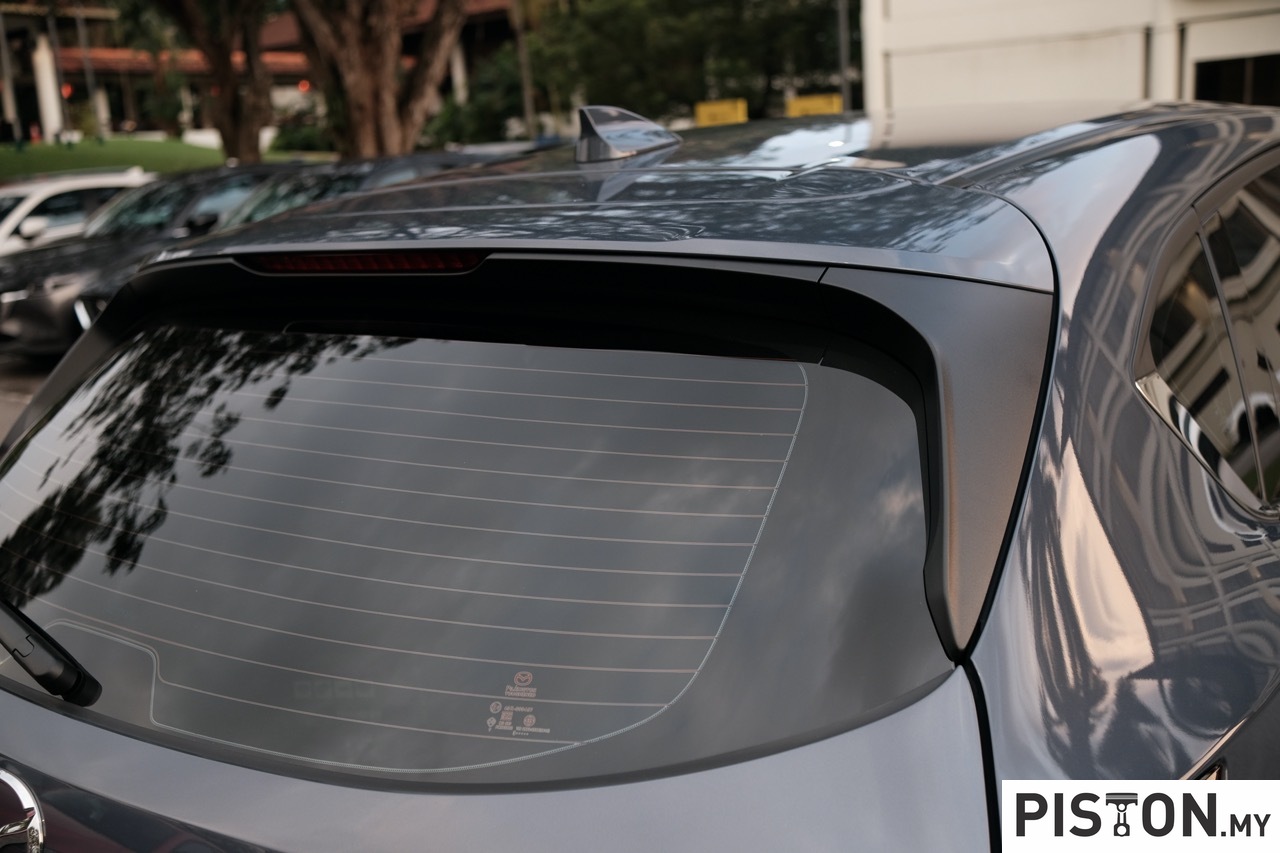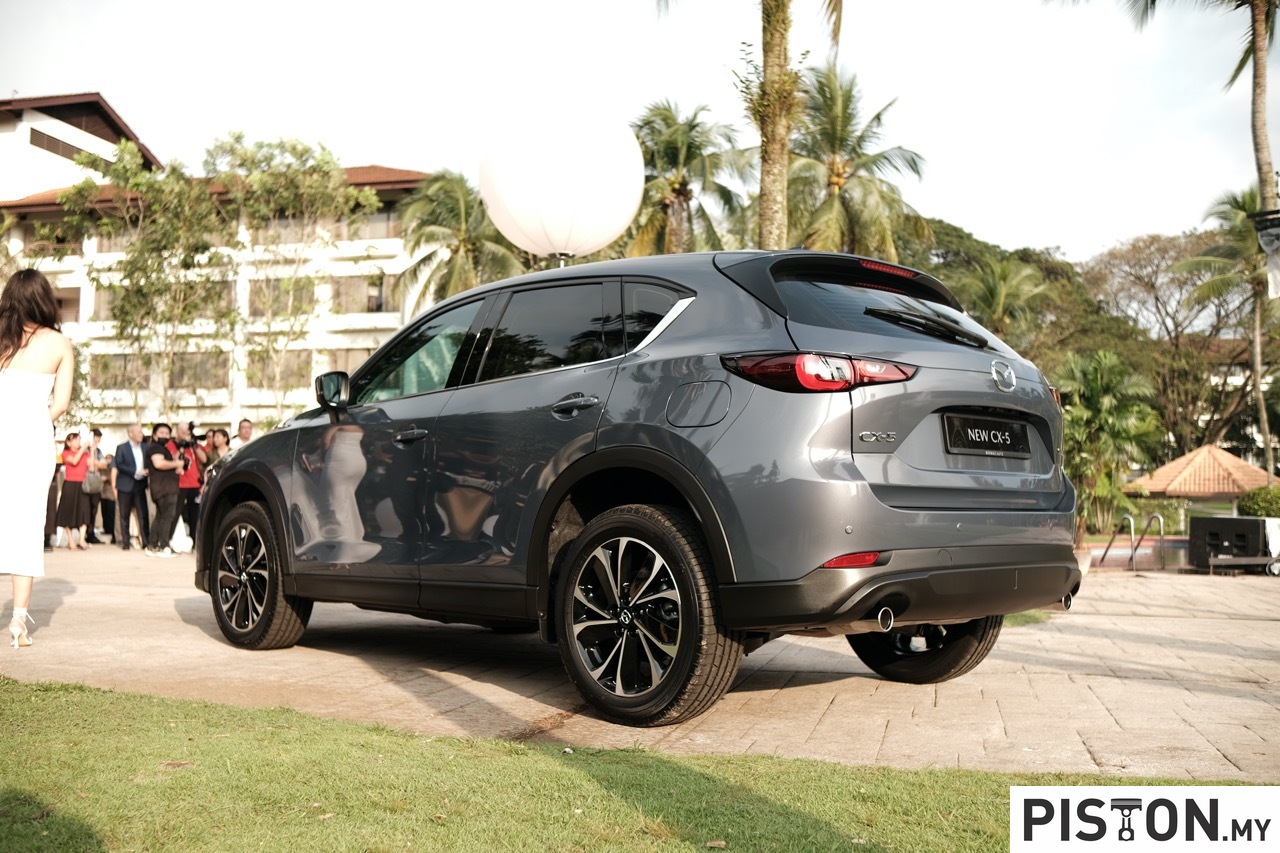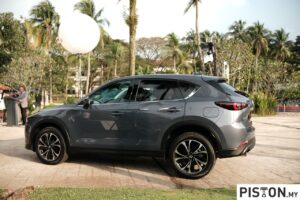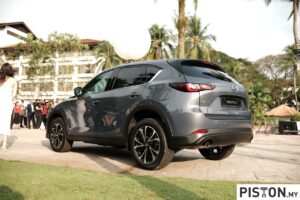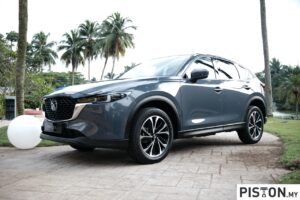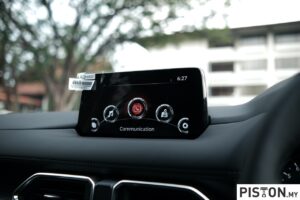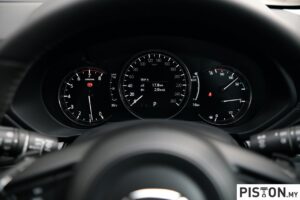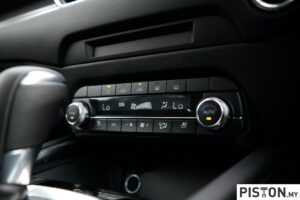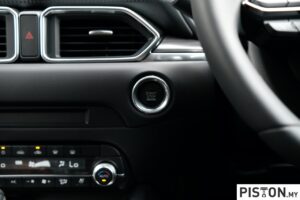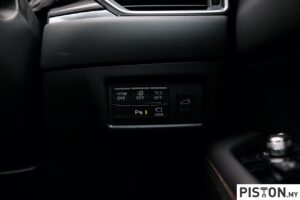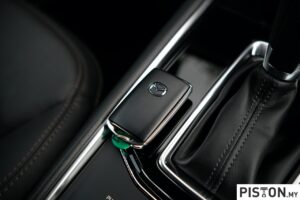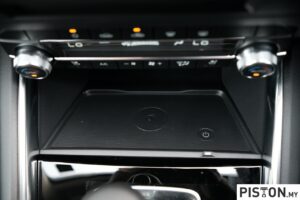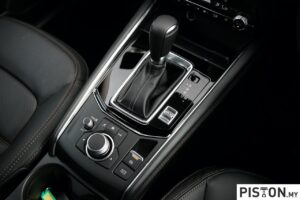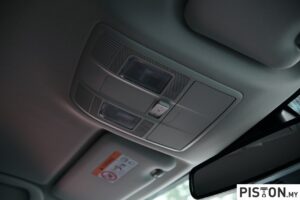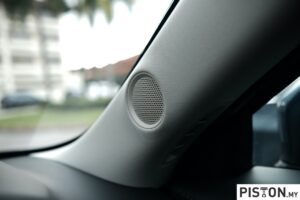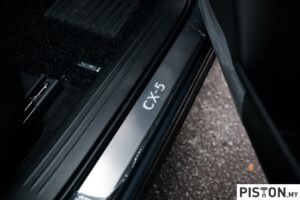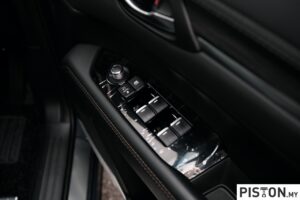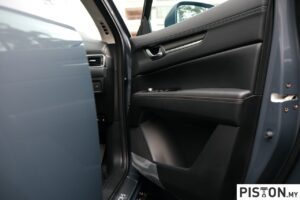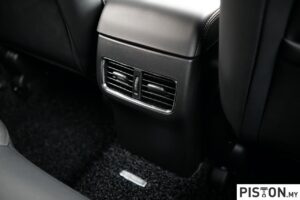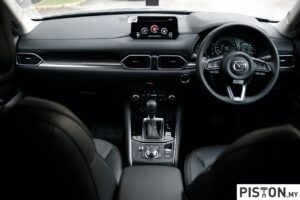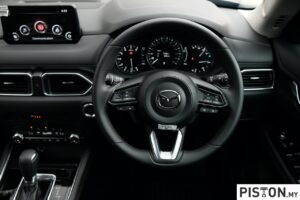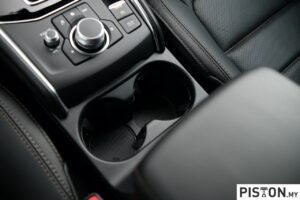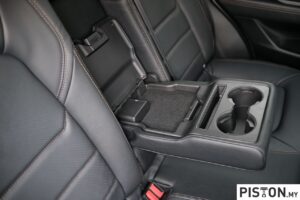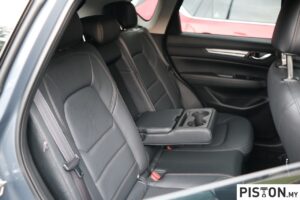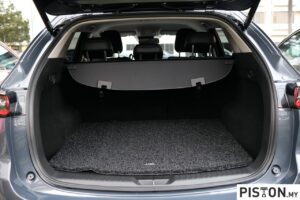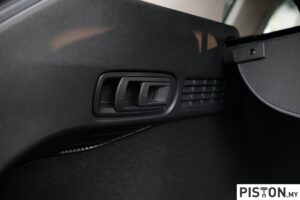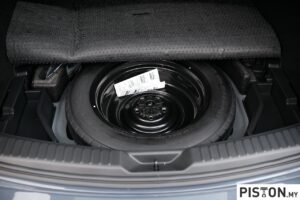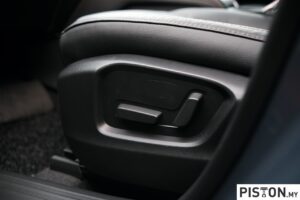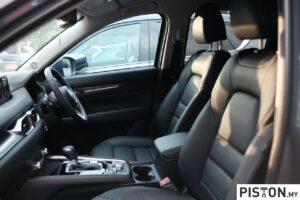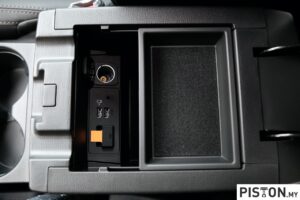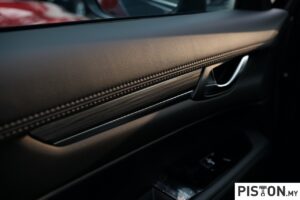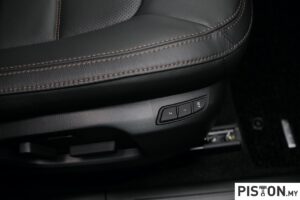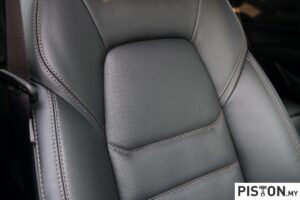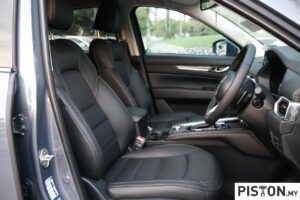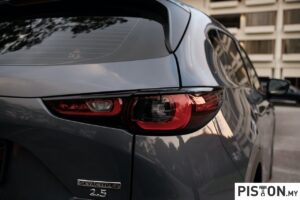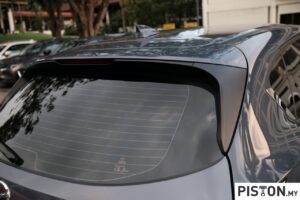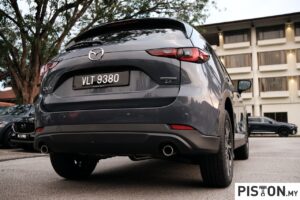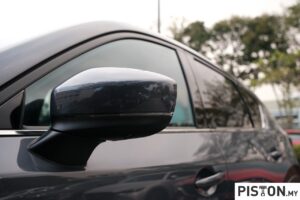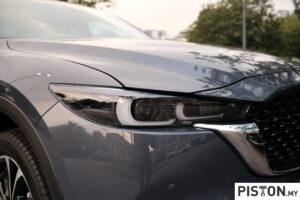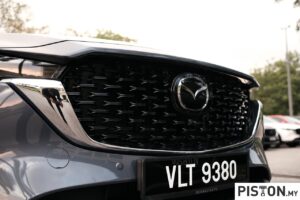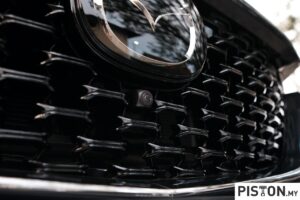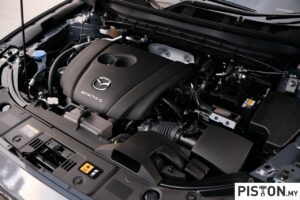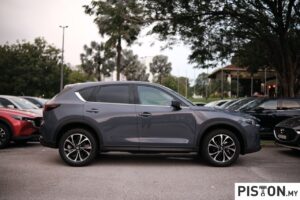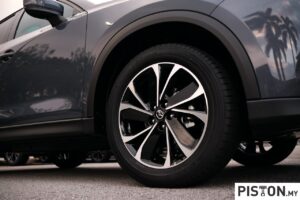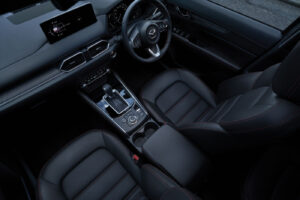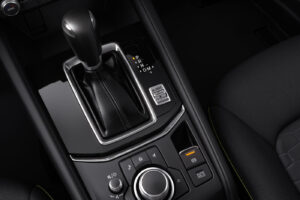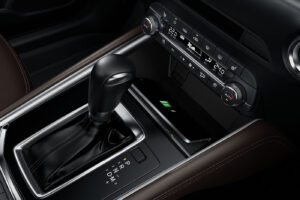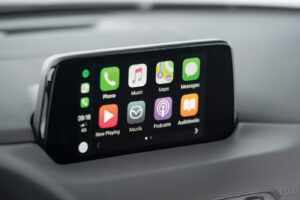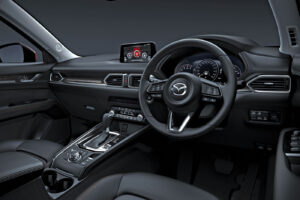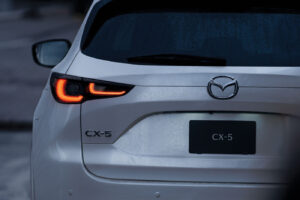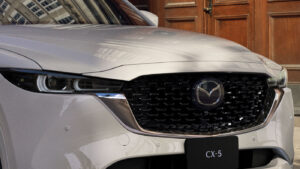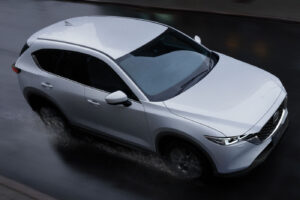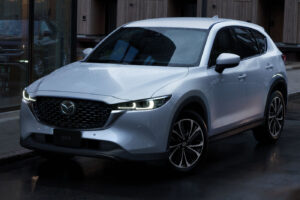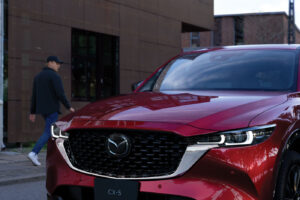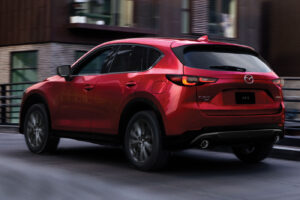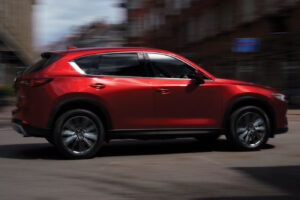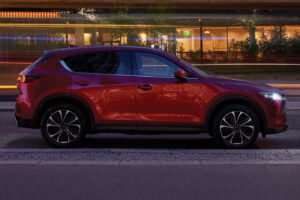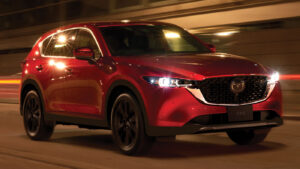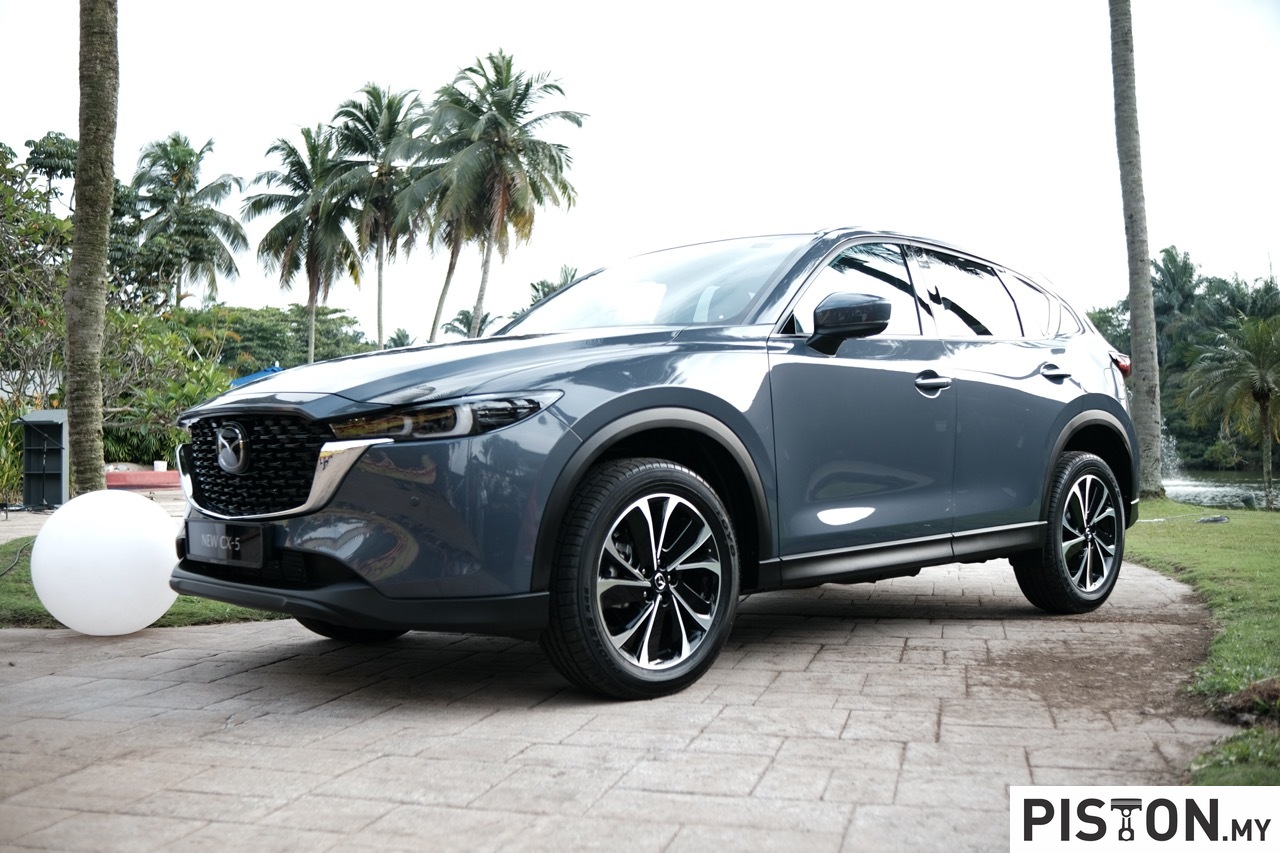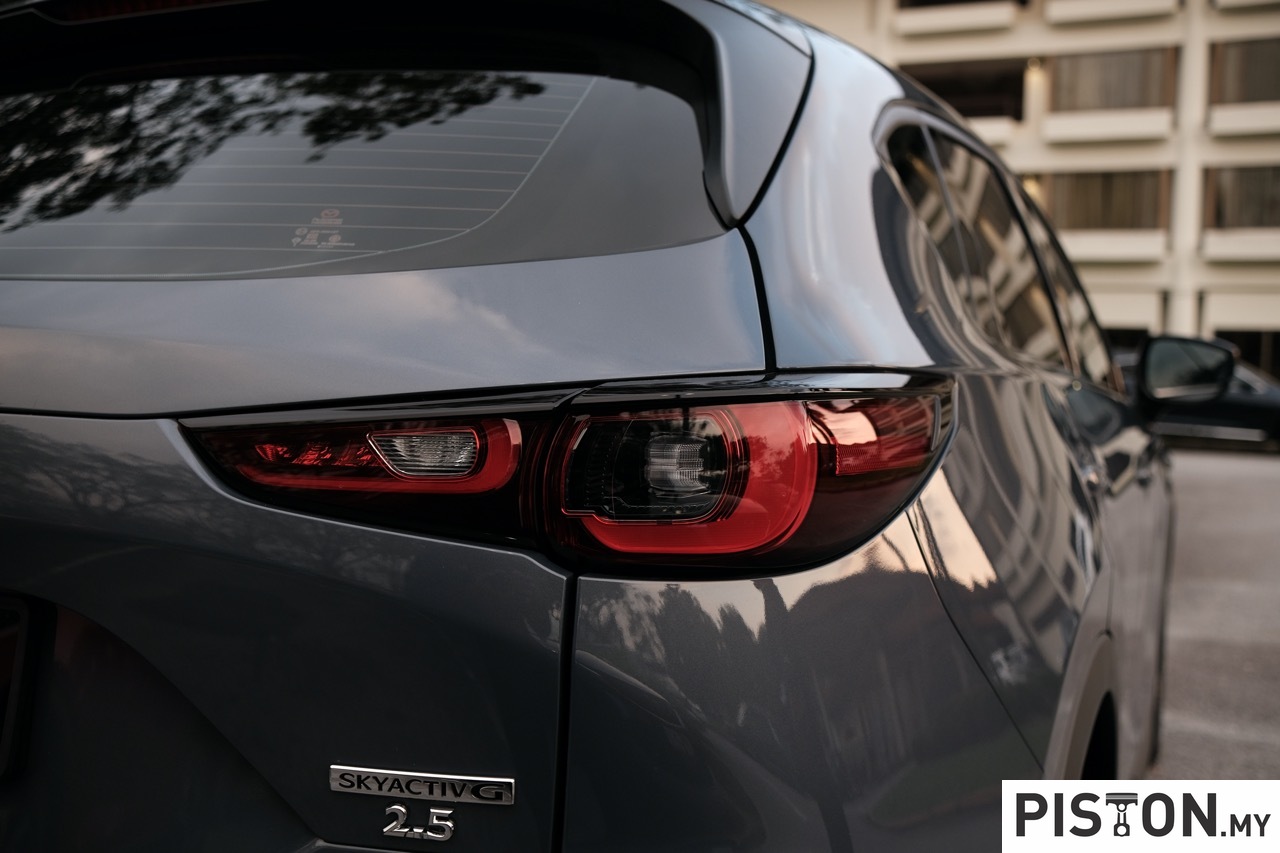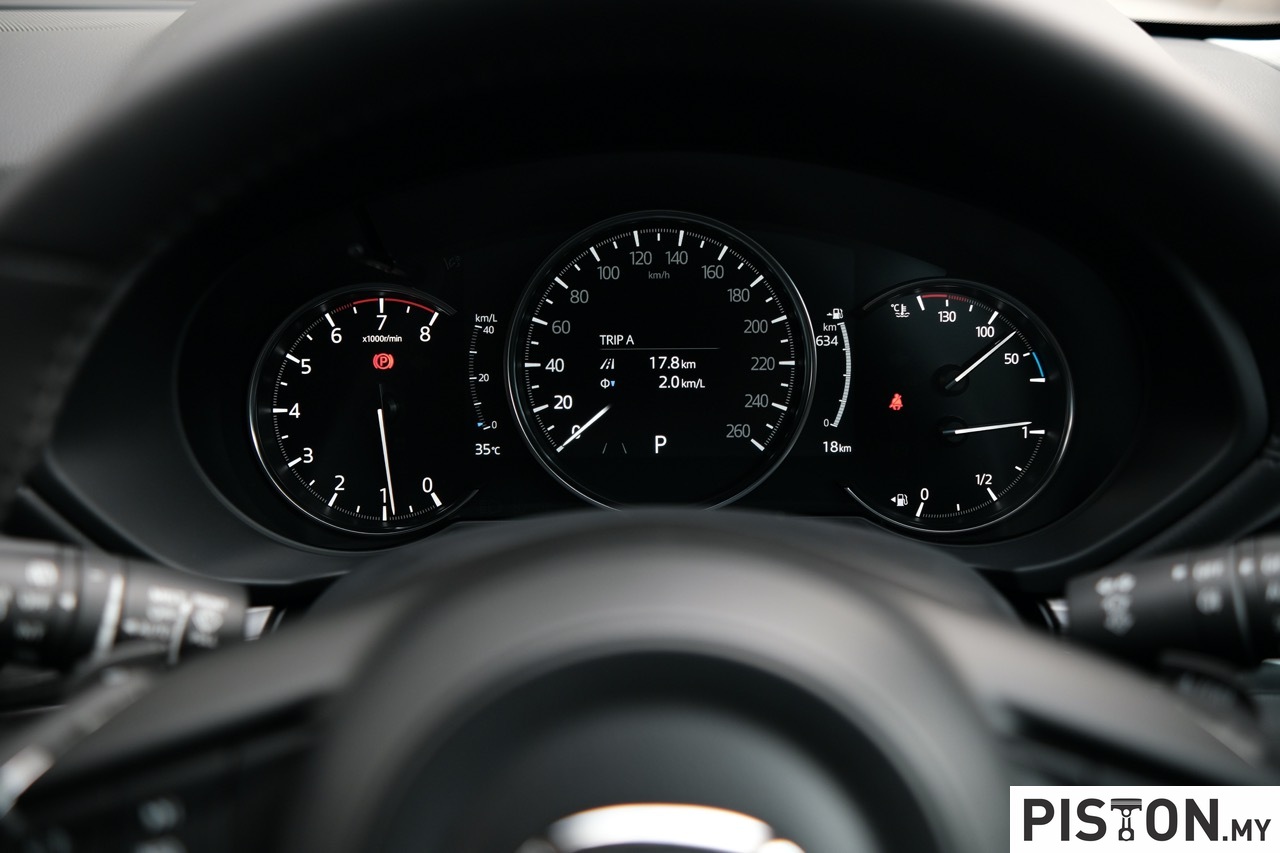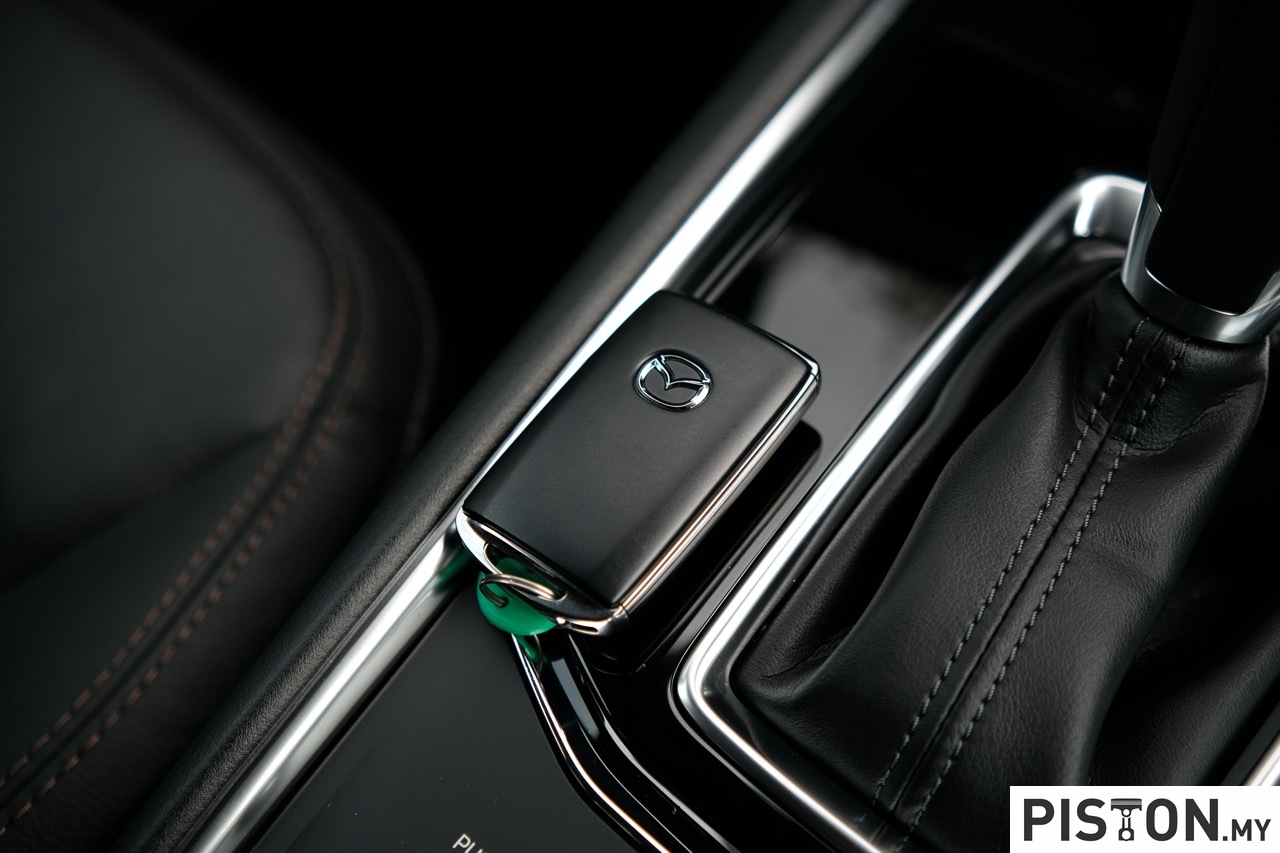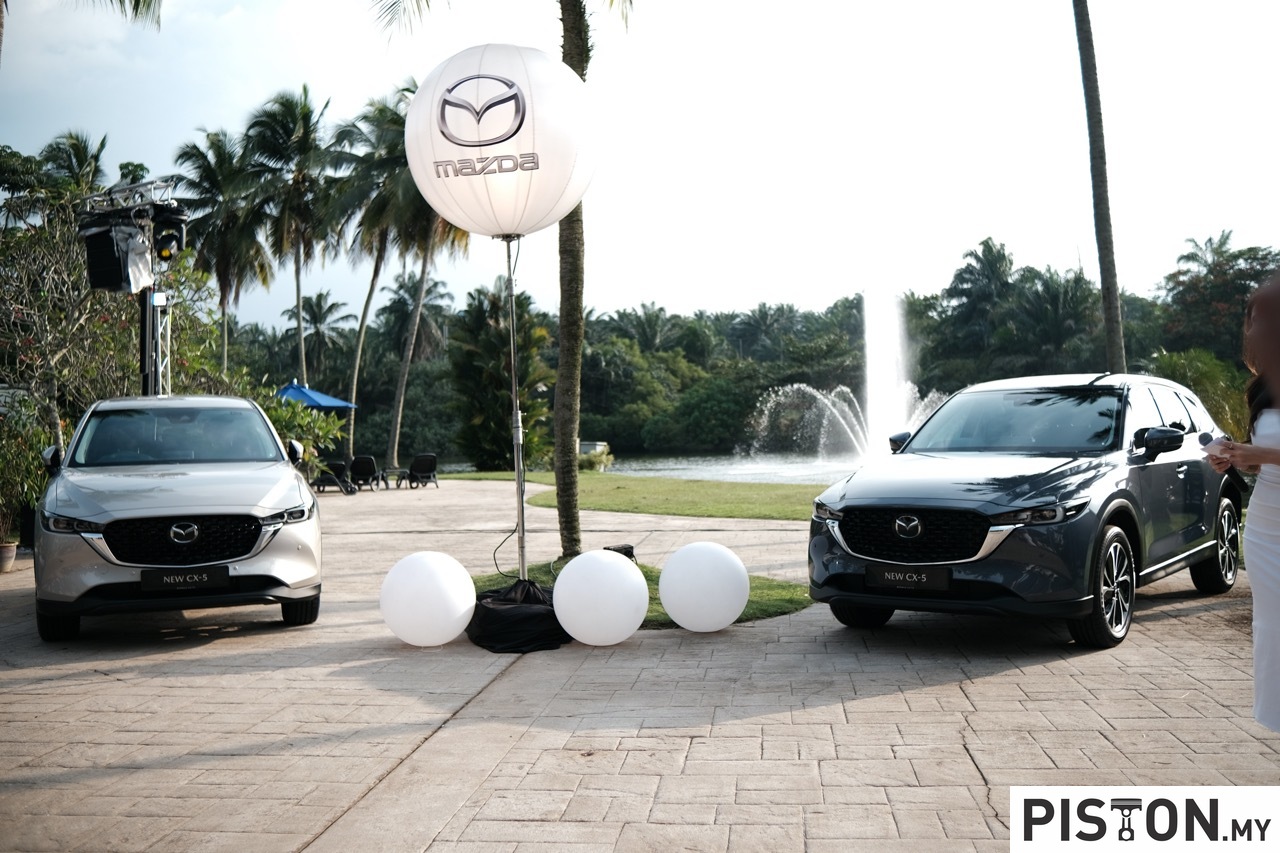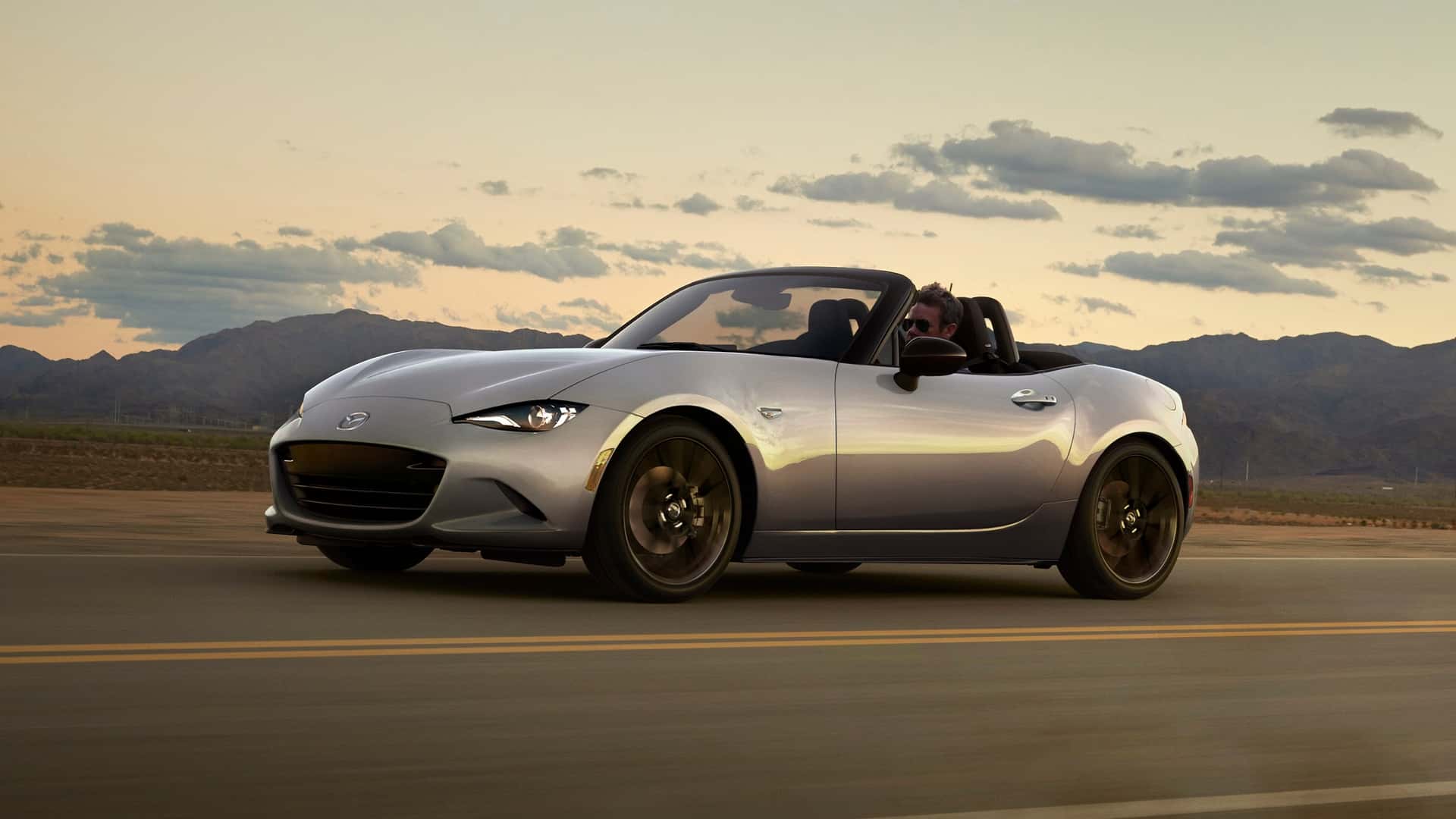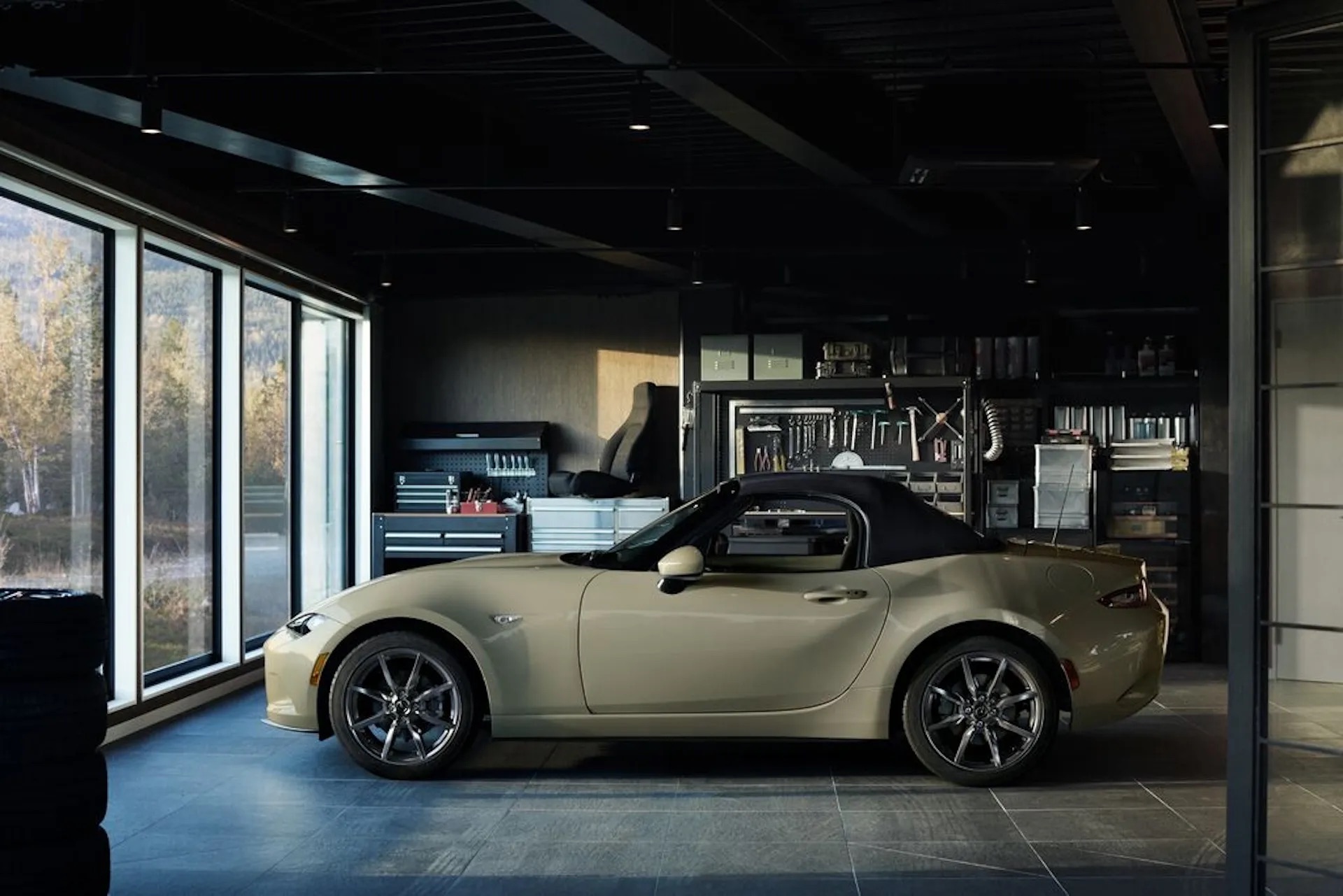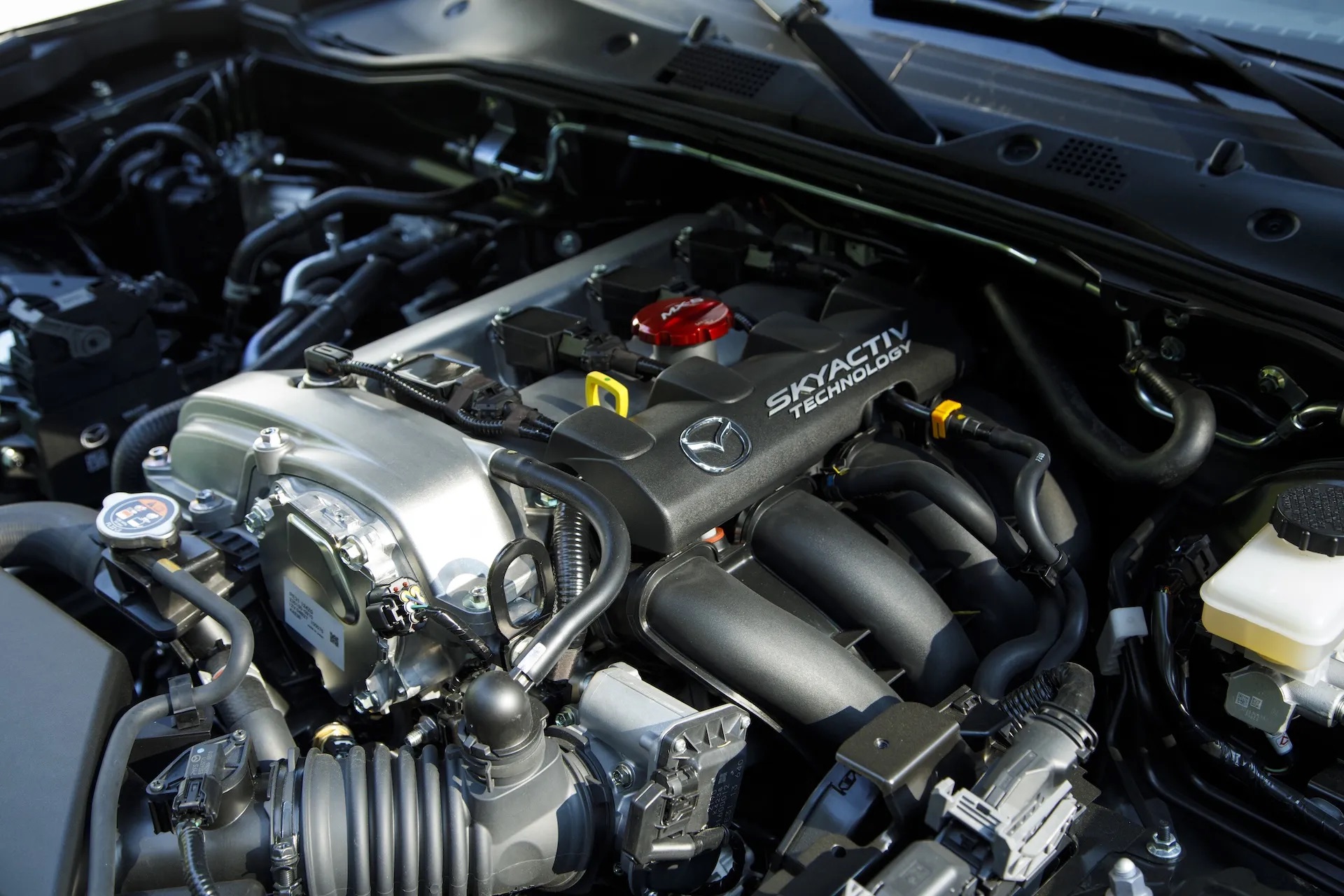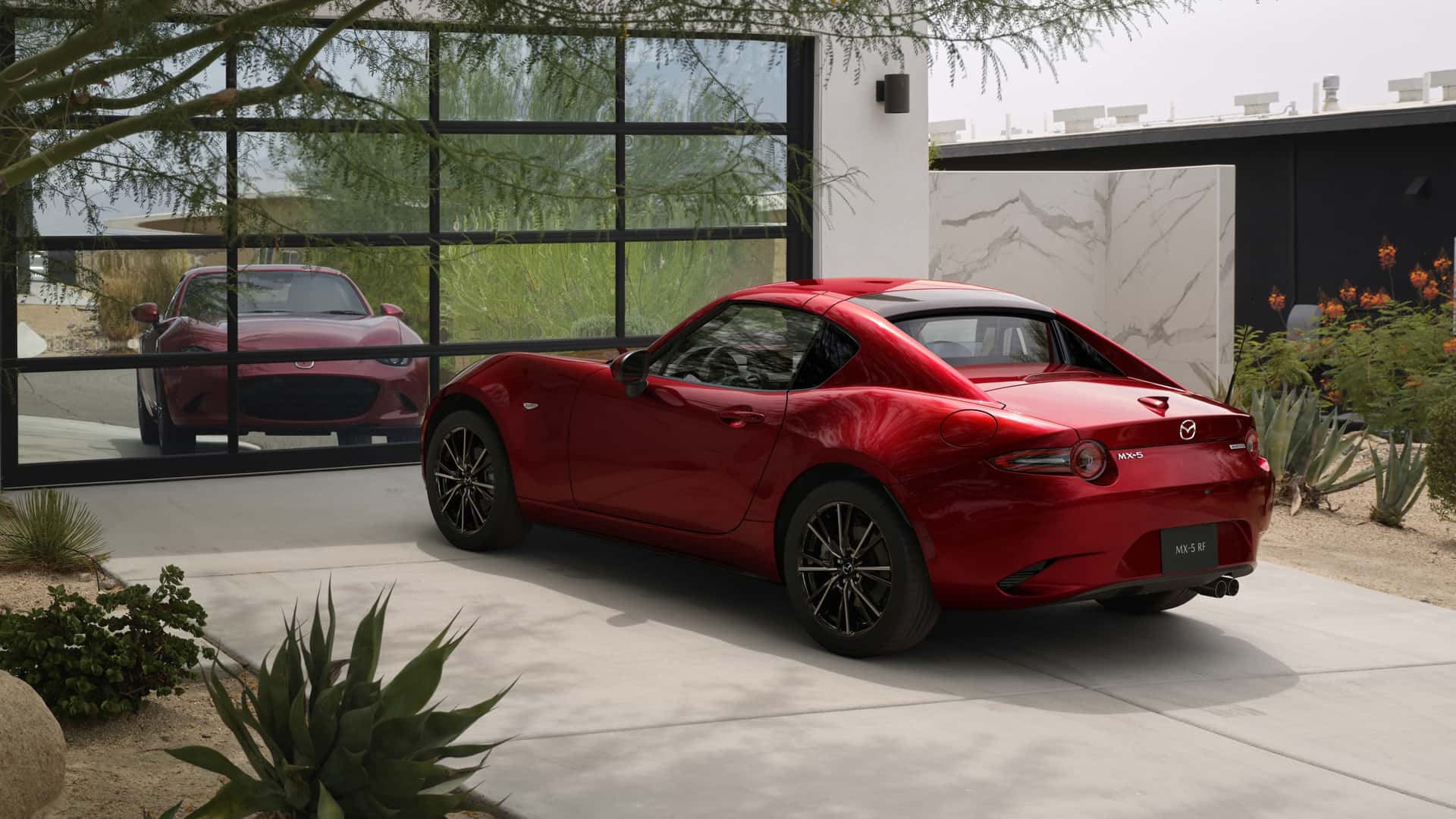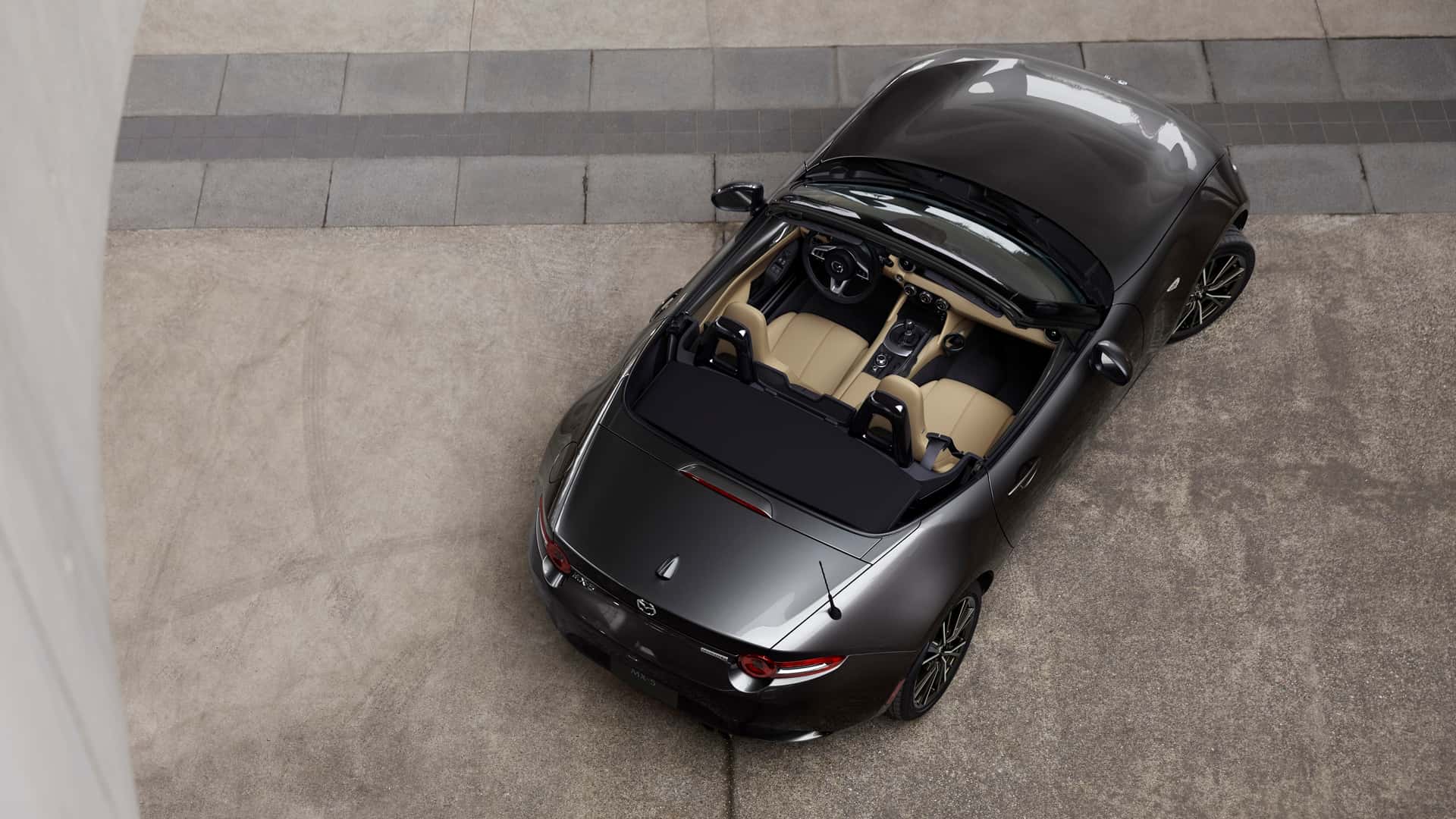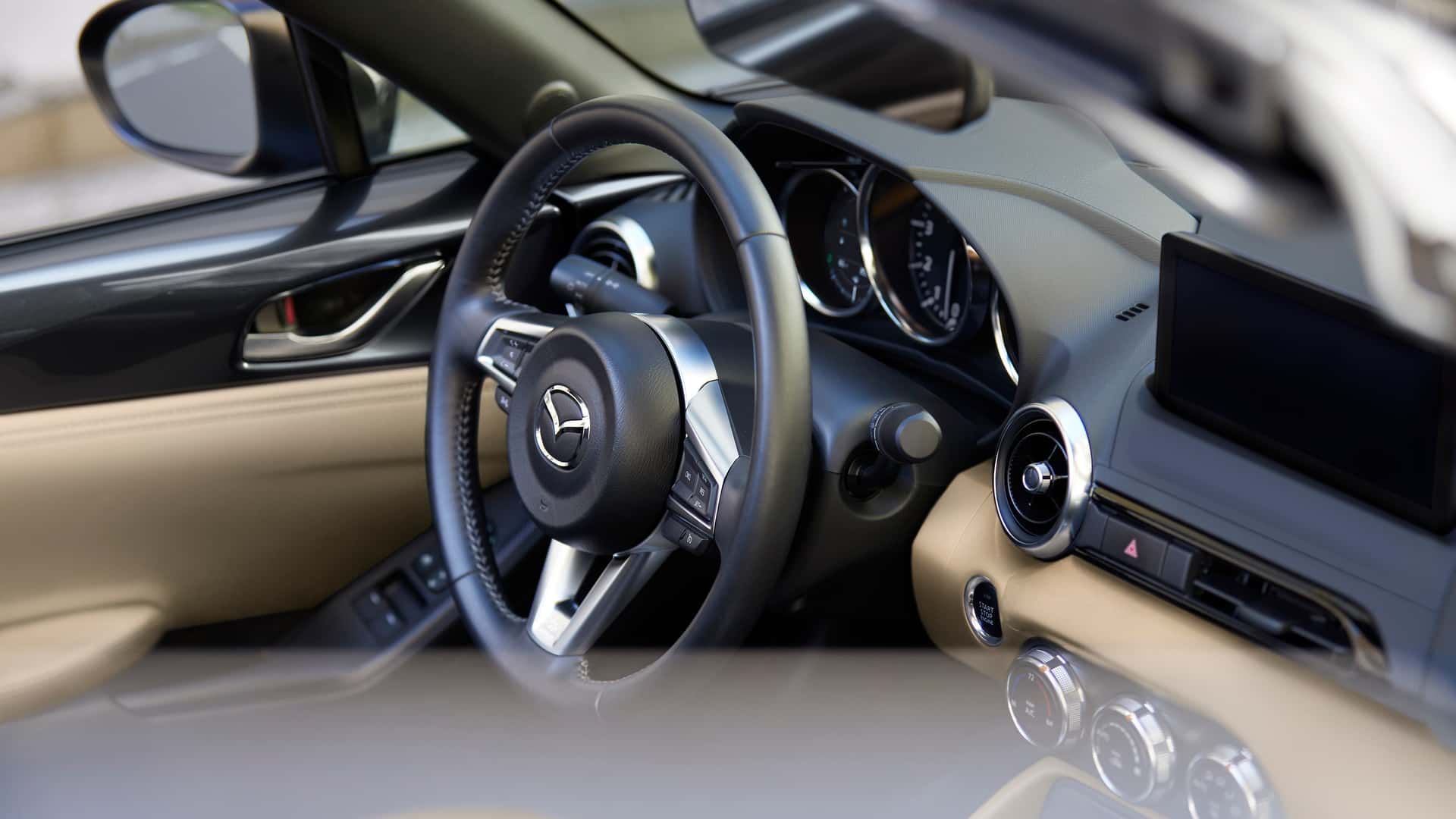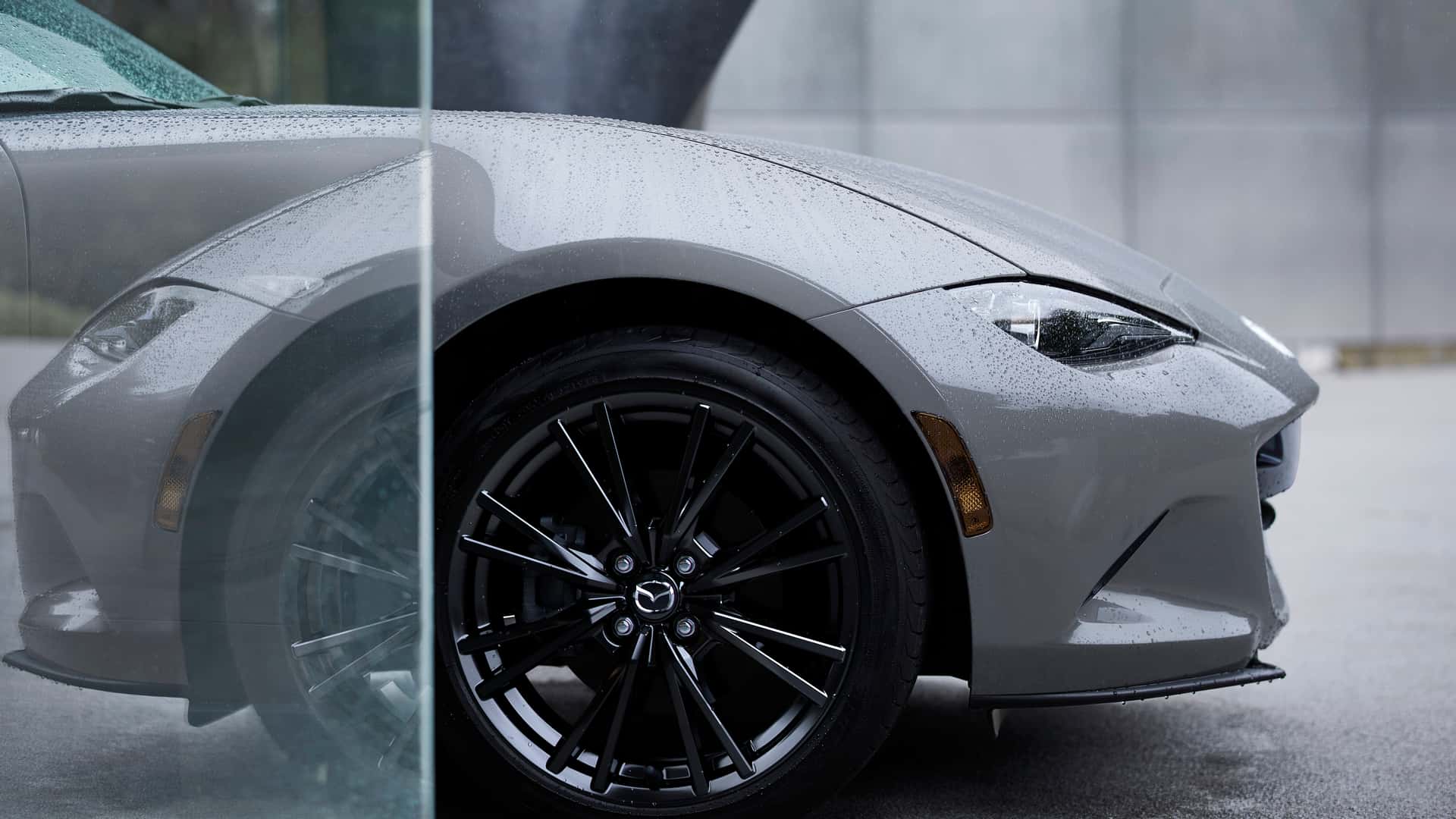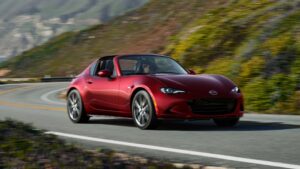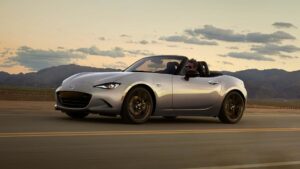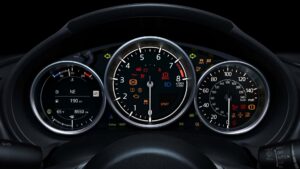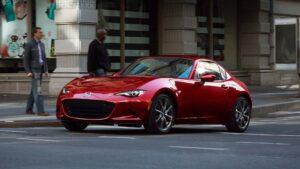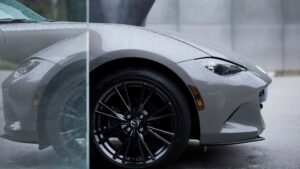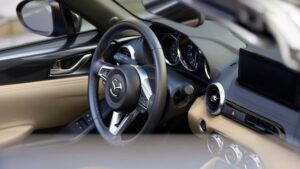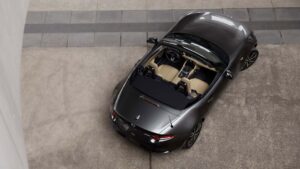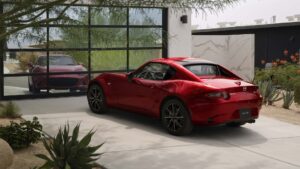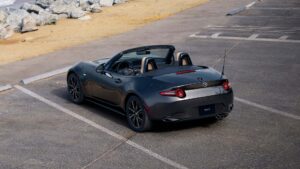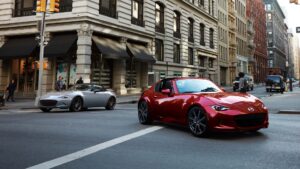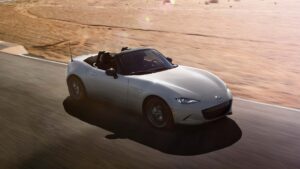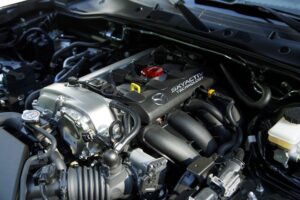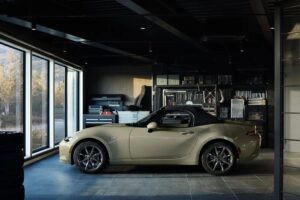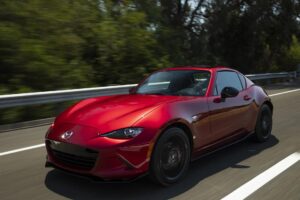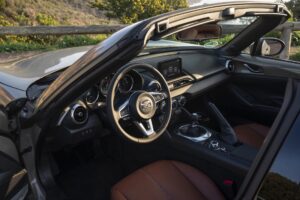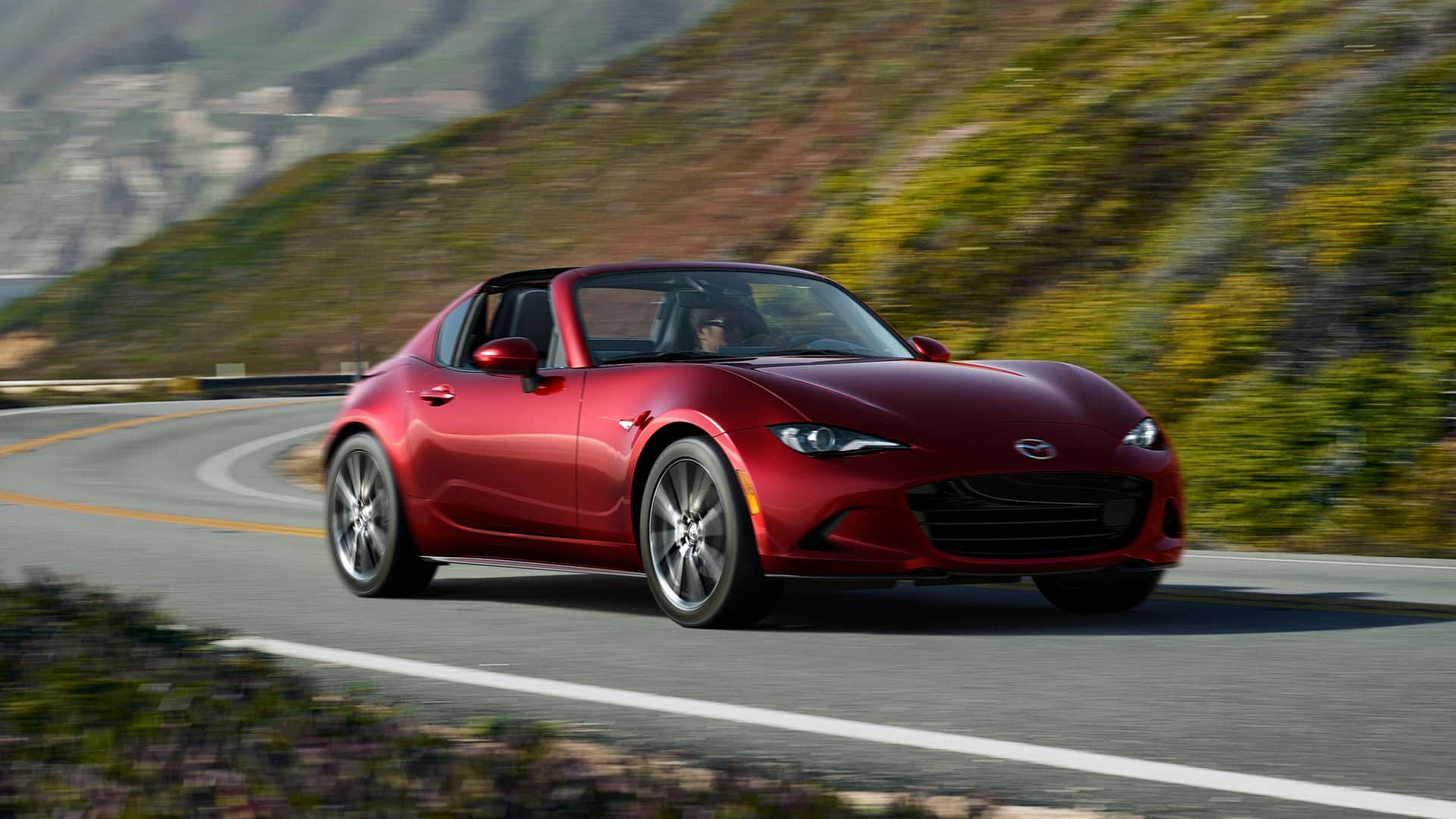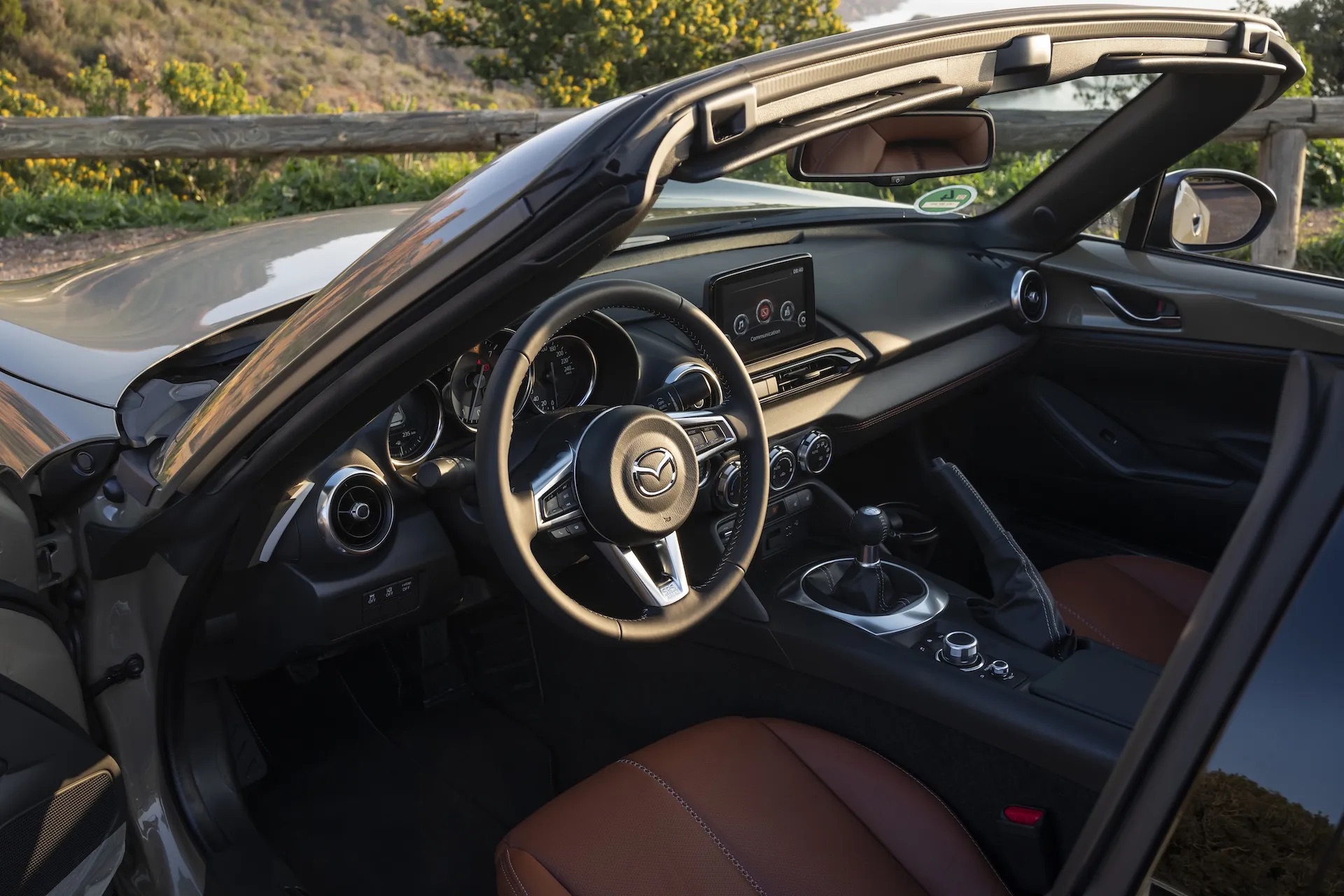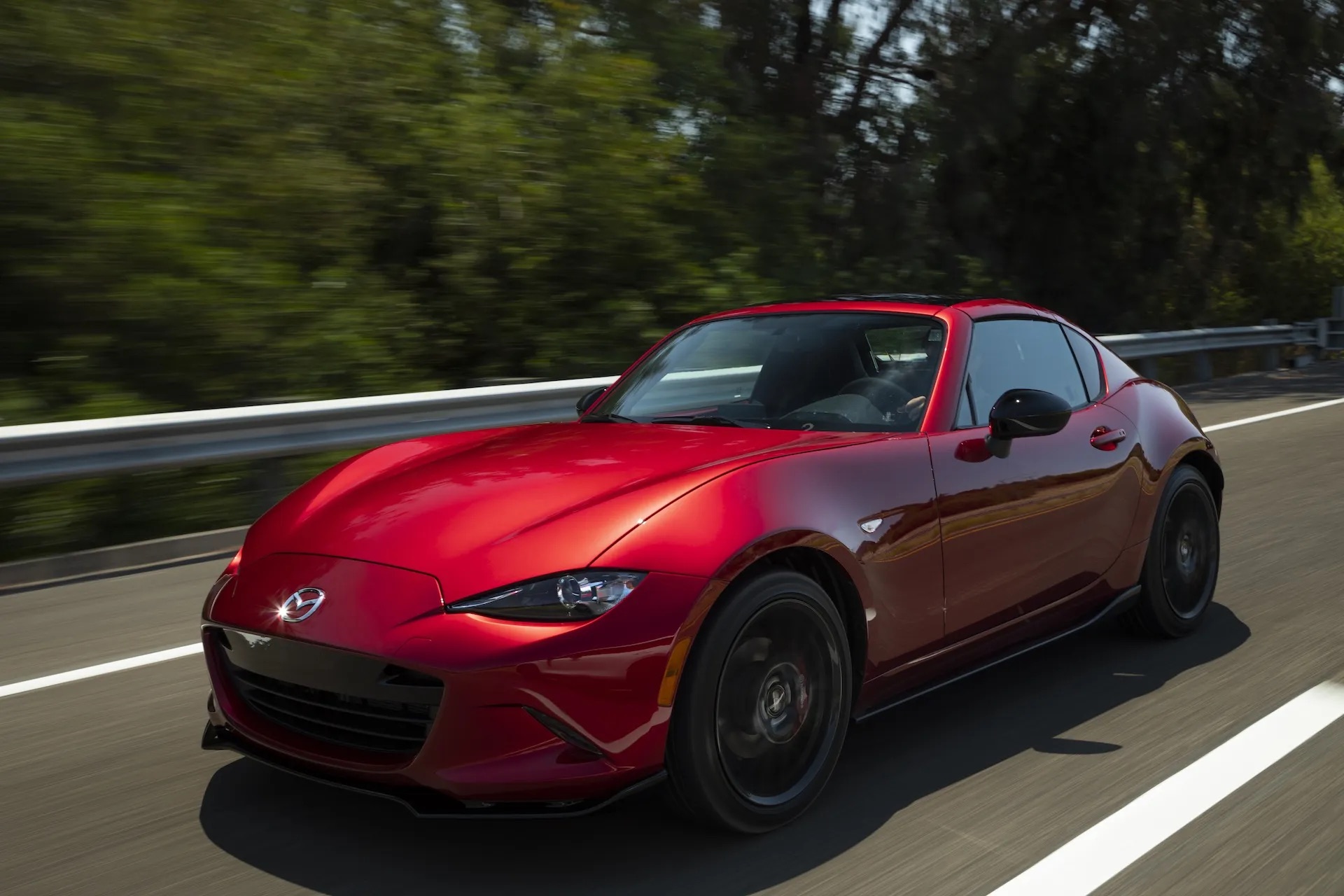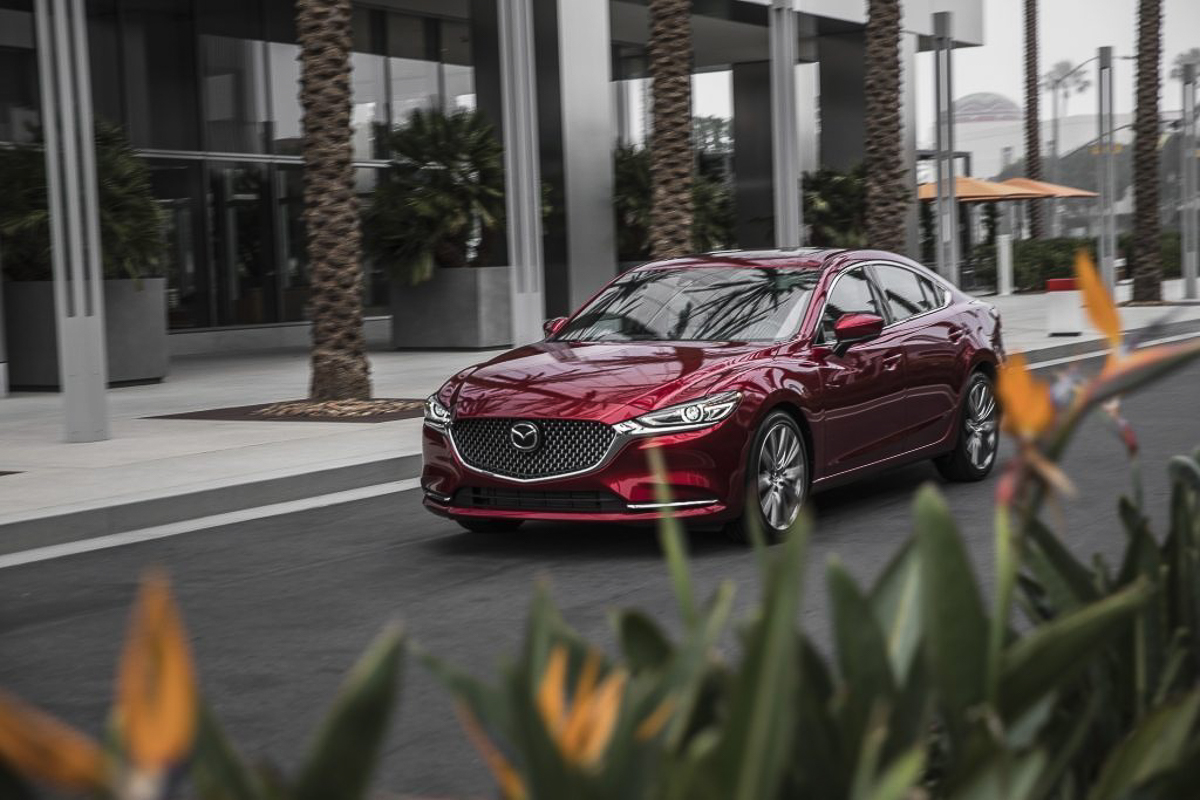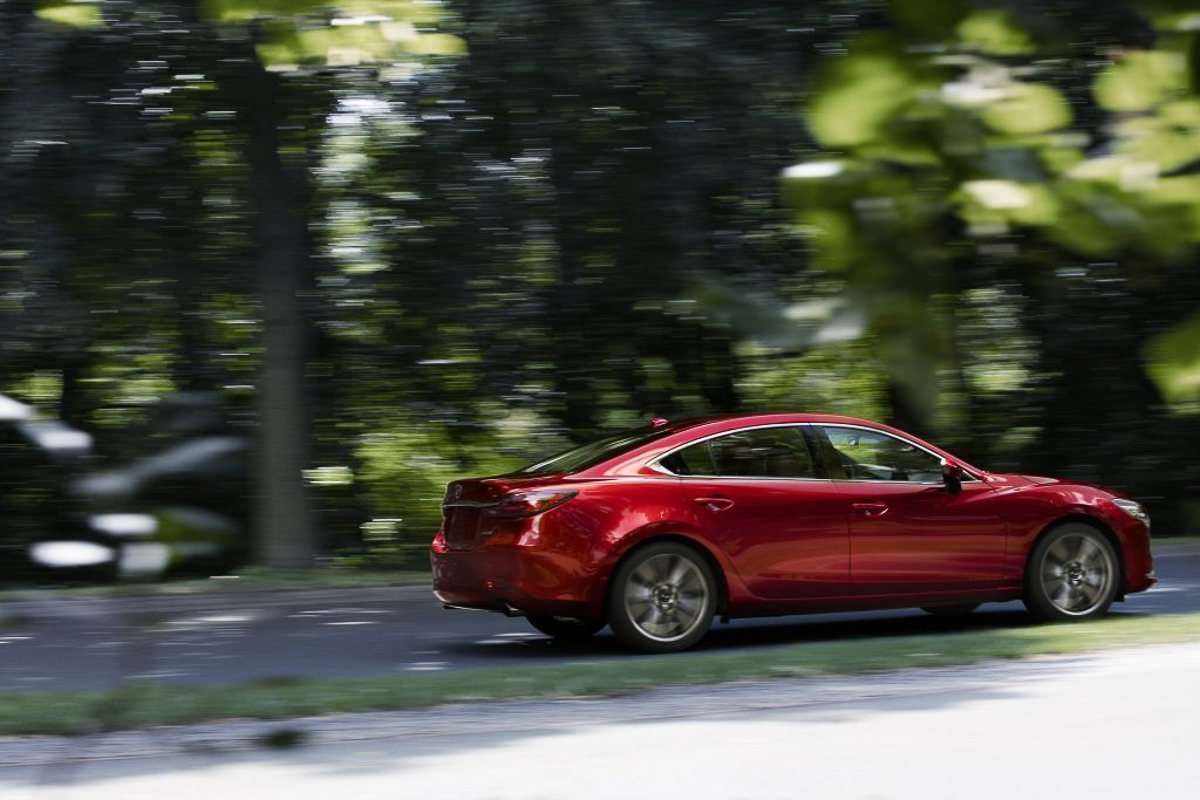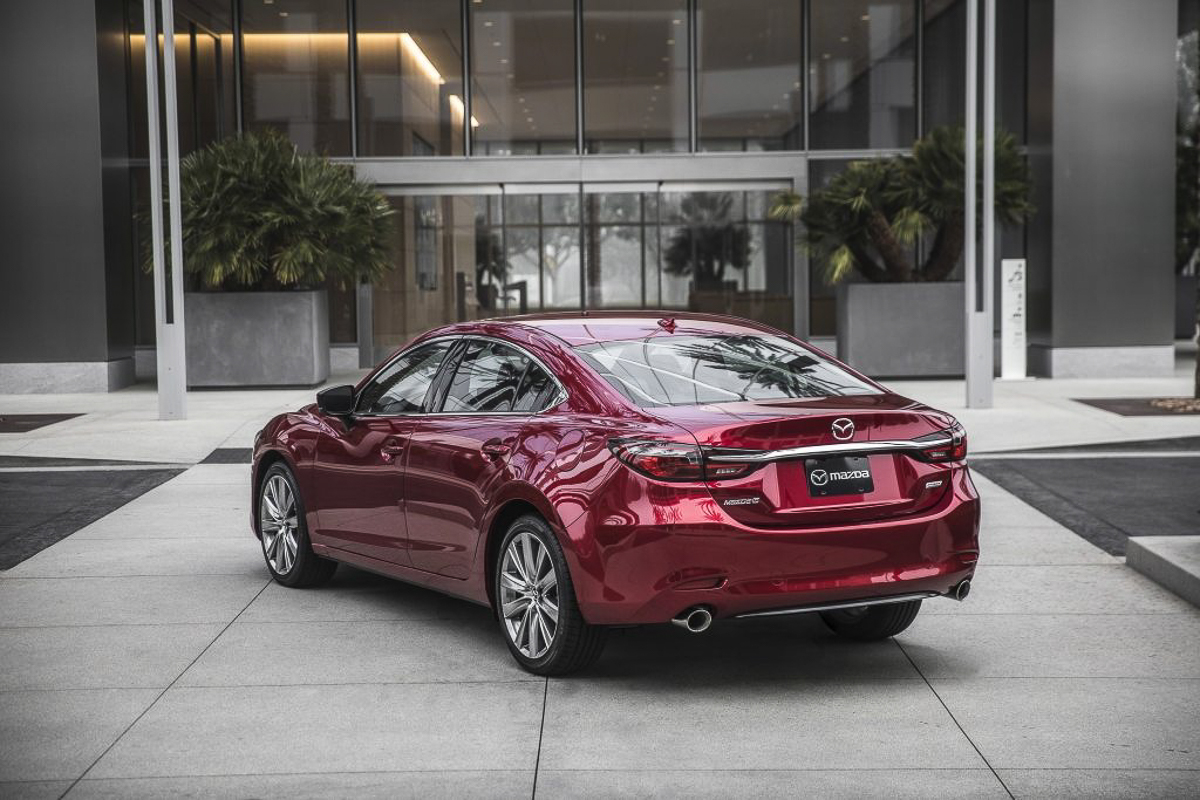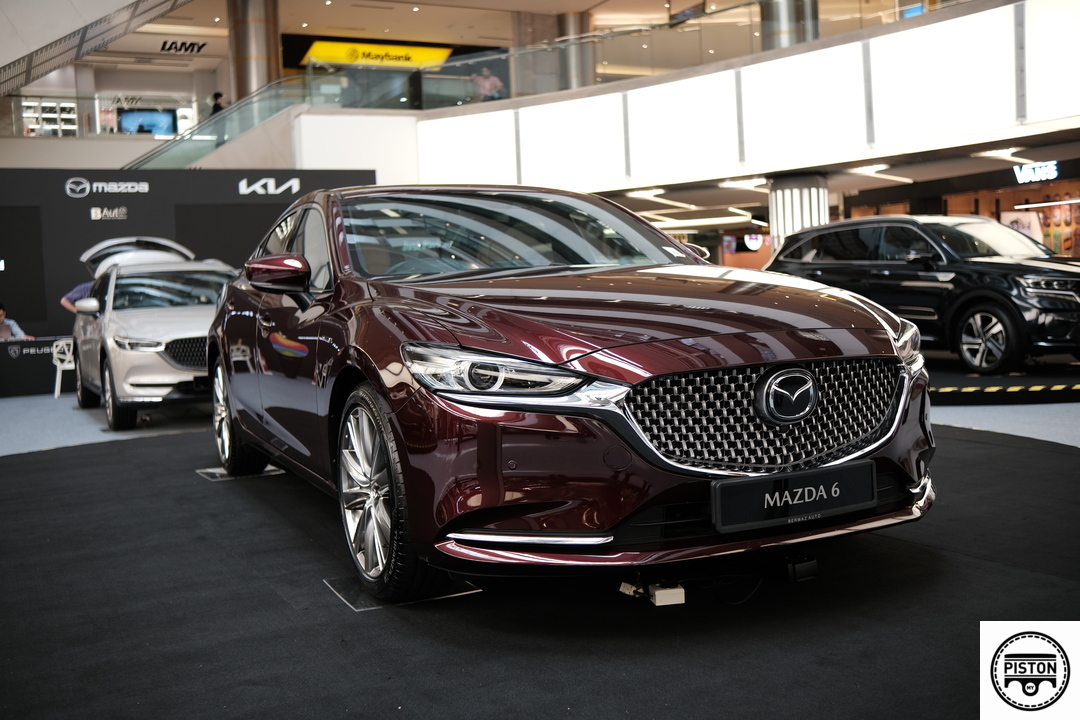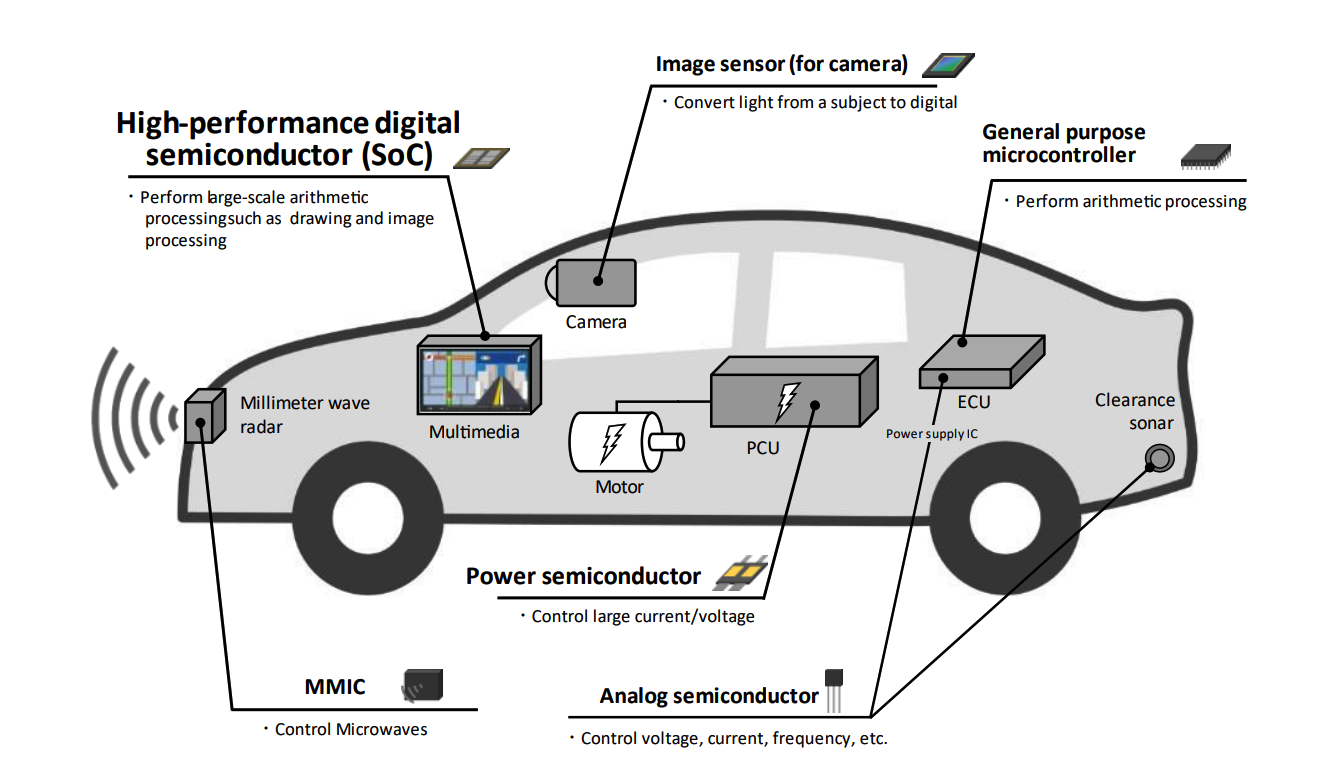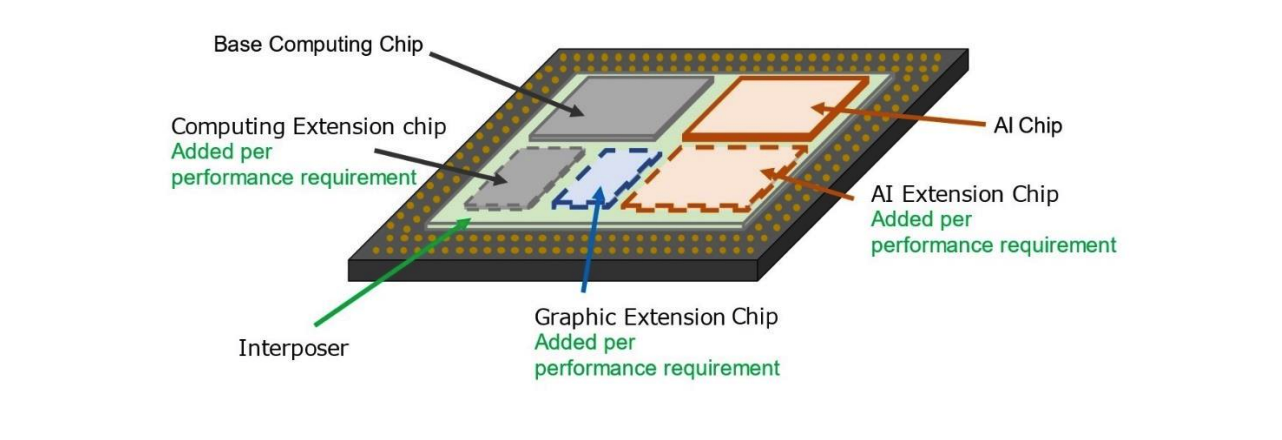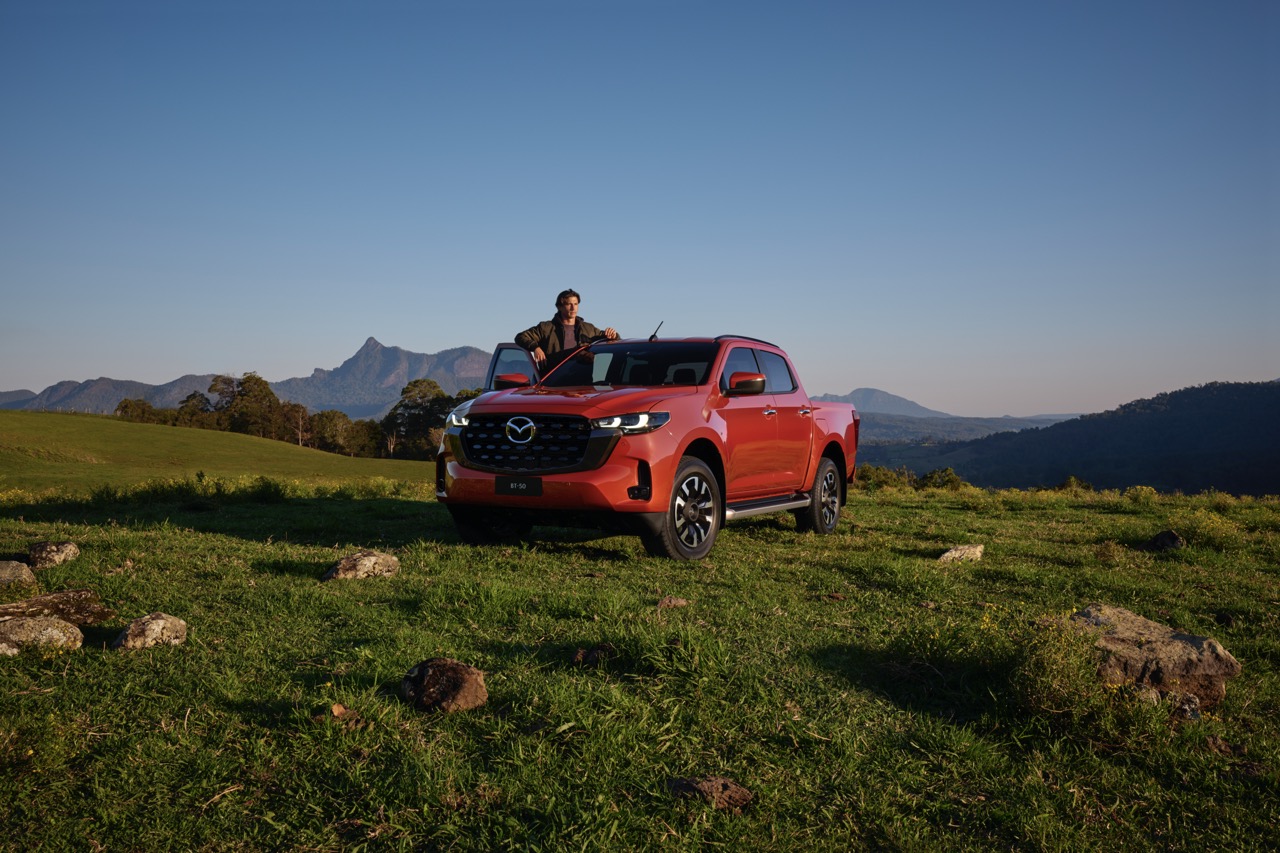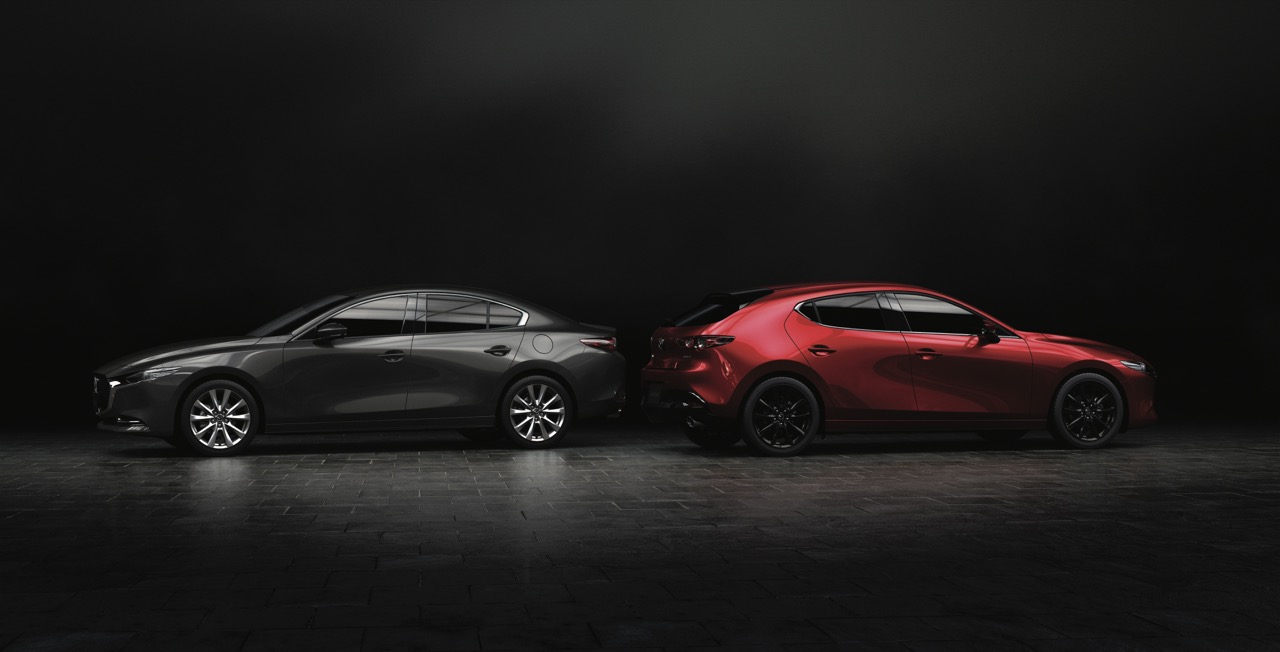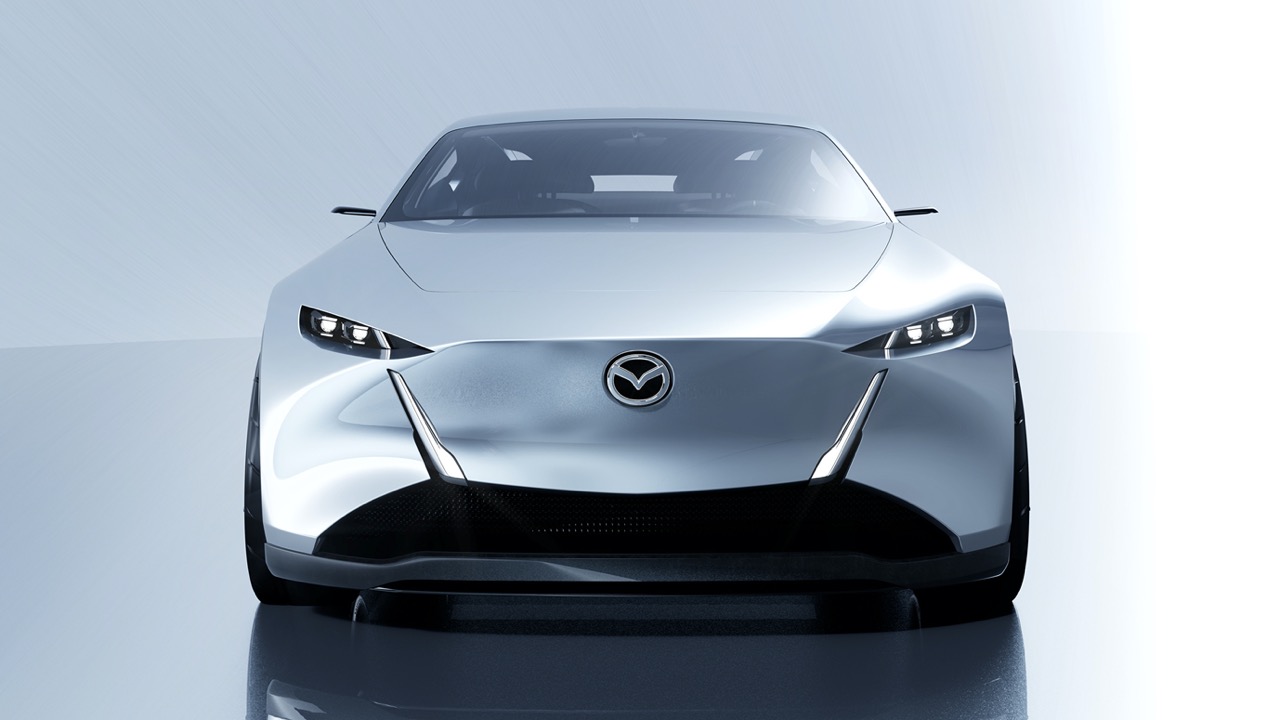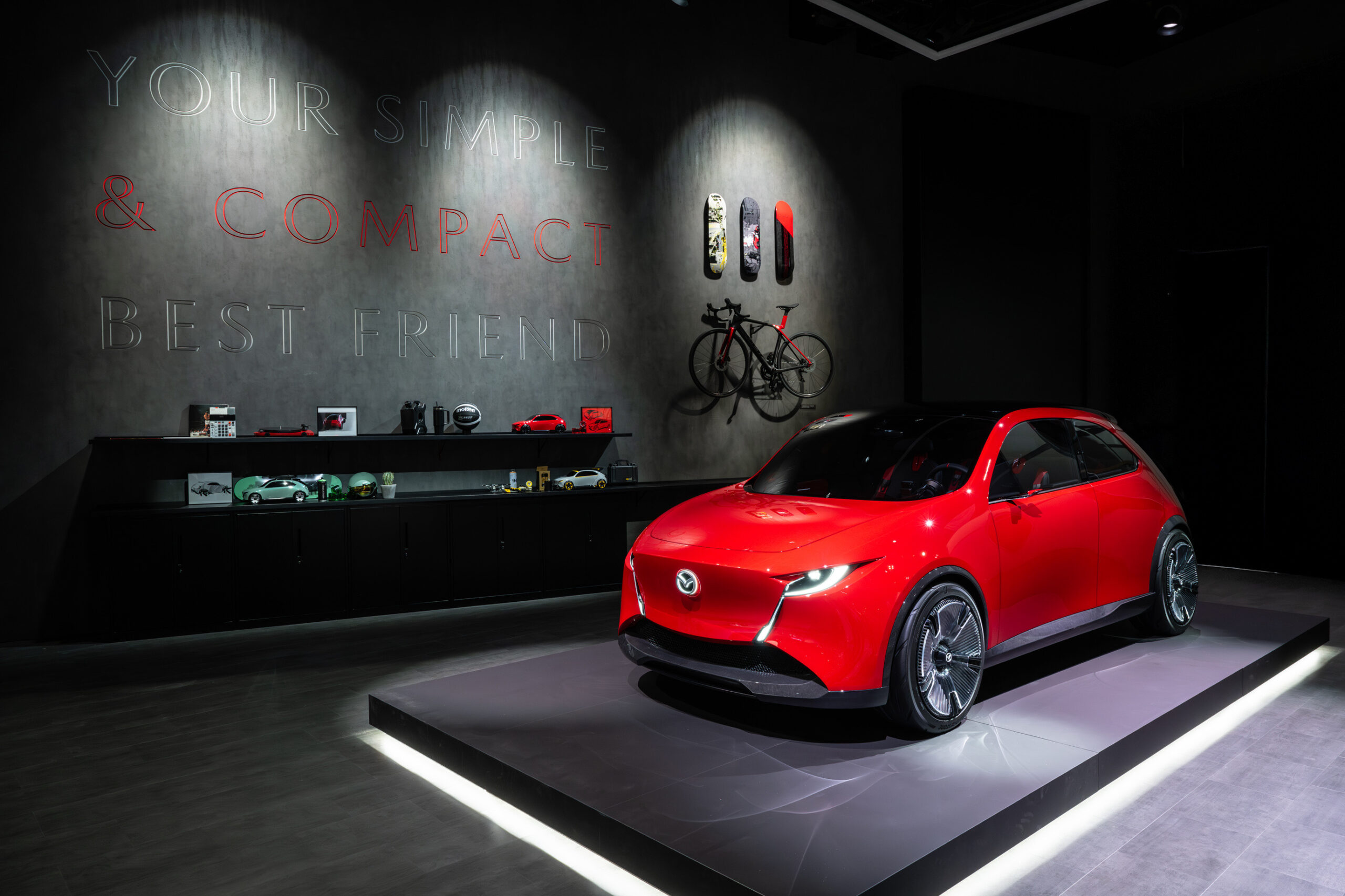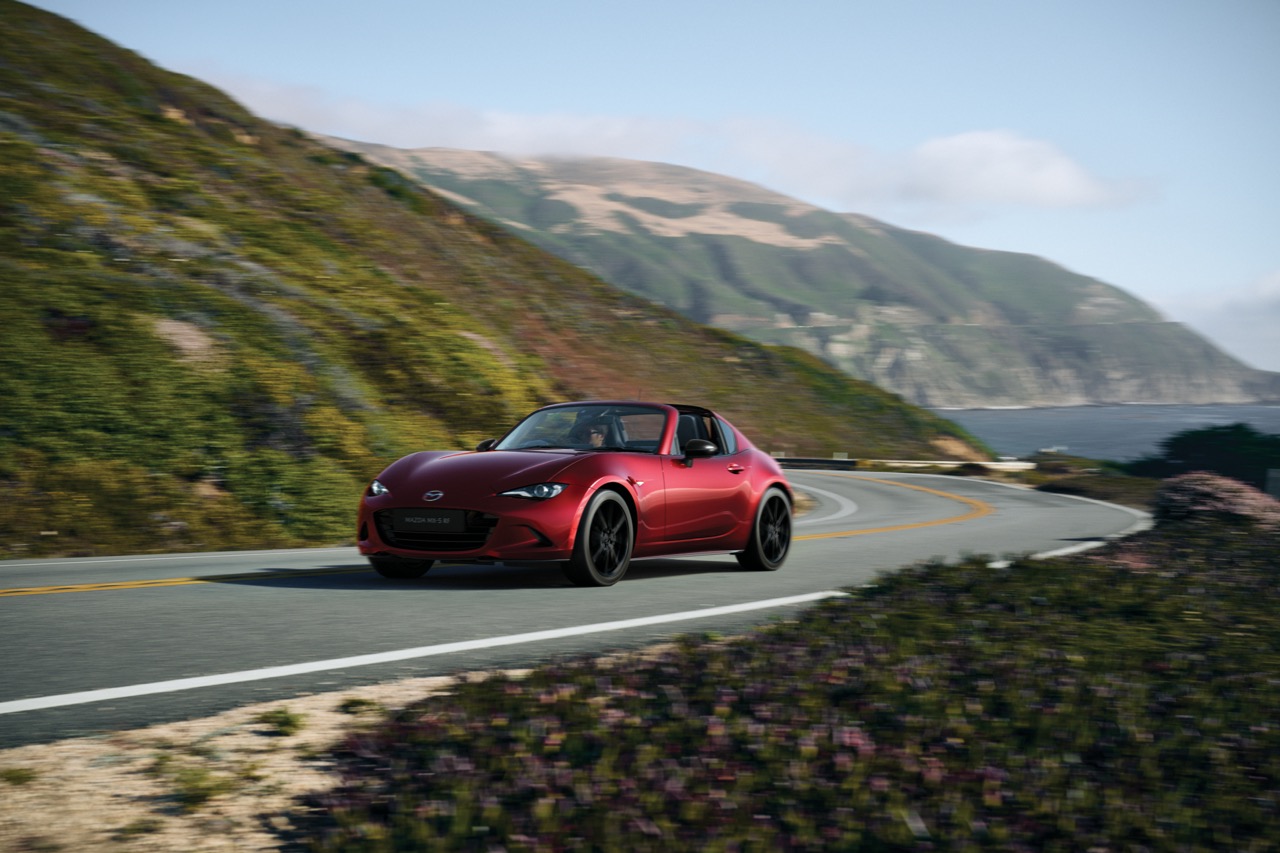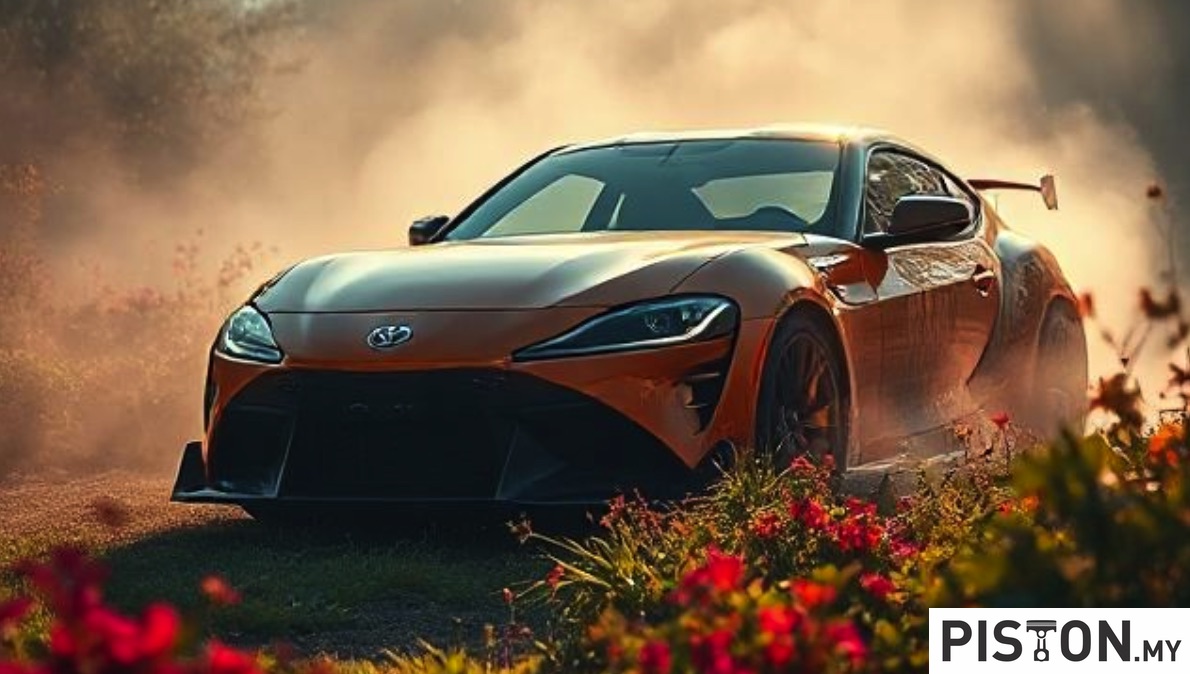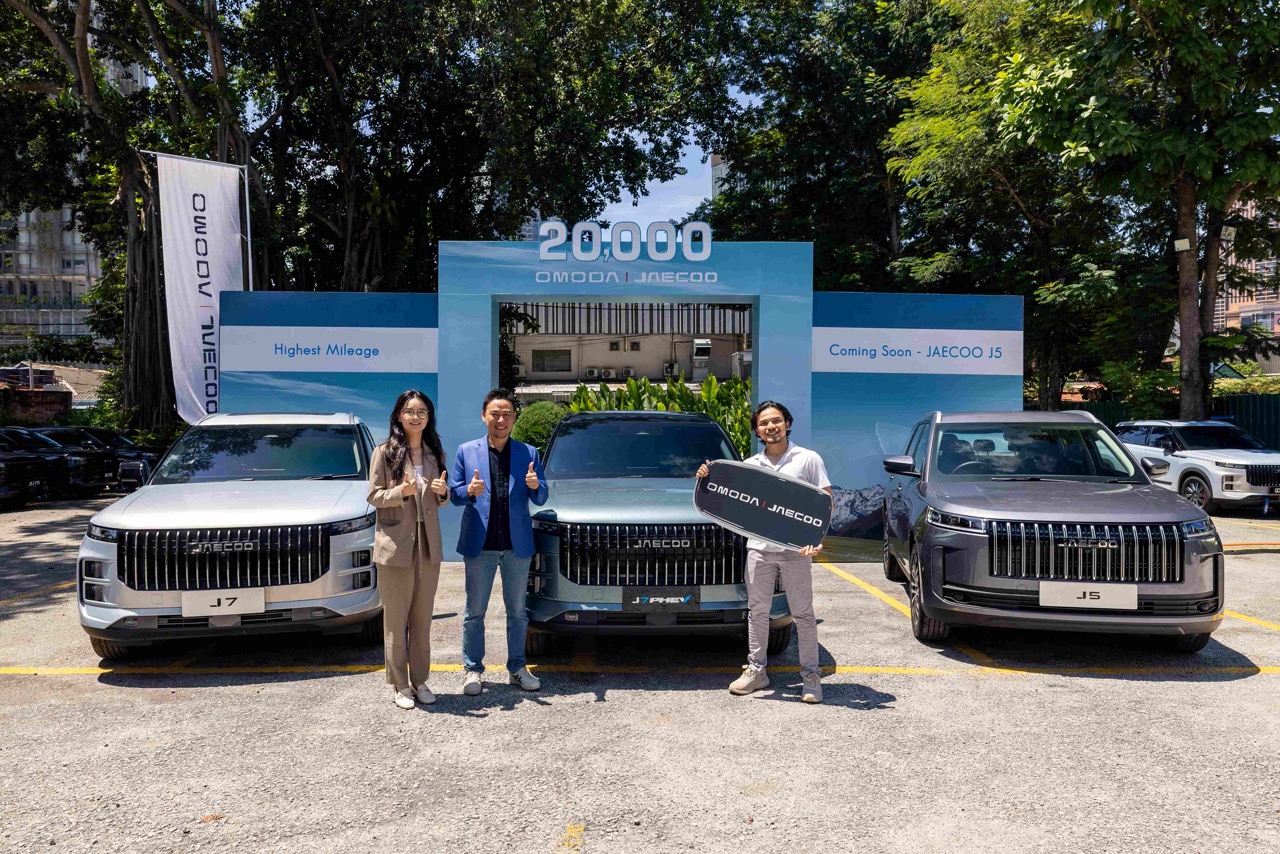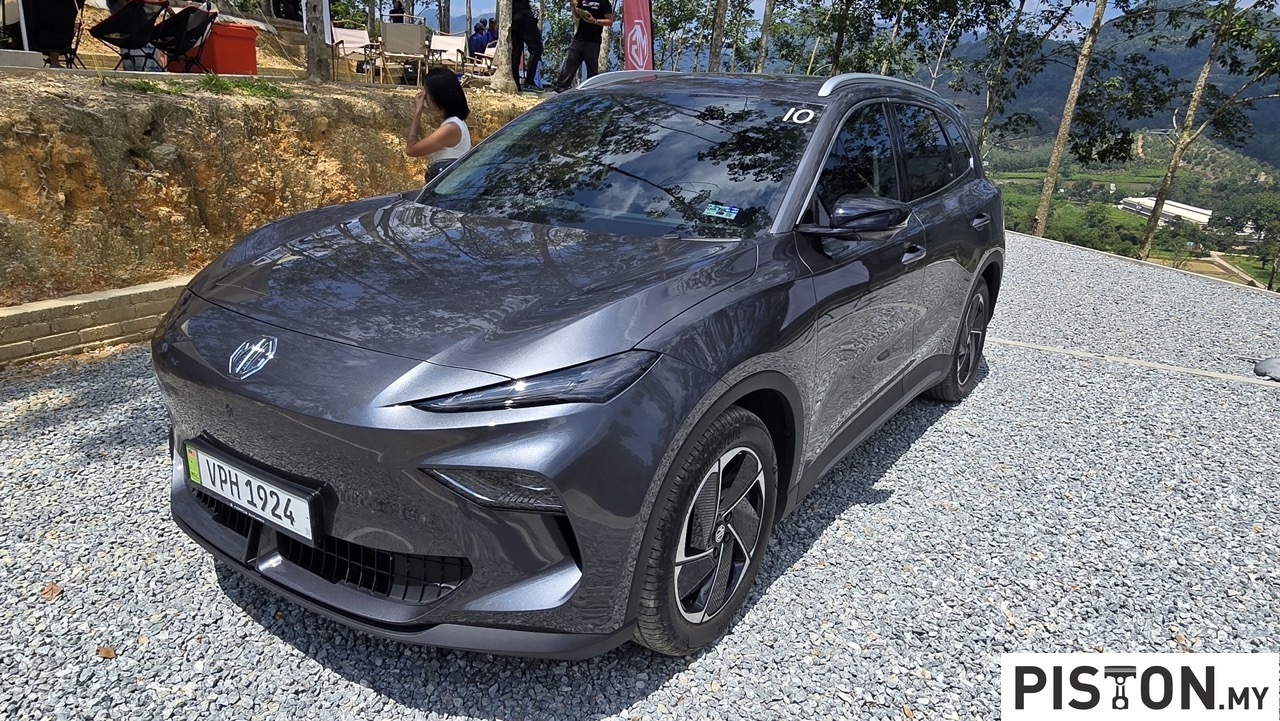Have you ever wondered what people mean when they say that a car is nice to drive? What do they mean by that? How is it nice and what makes it nice?
To this writer, a car that is described as nice to drive could mean that the suspension is smooth, and you glide over anything without noticing much. It also could mean that the seats are soft, and you sink into them, and the comfort levels is better than most other cars, making the car nice to drive.
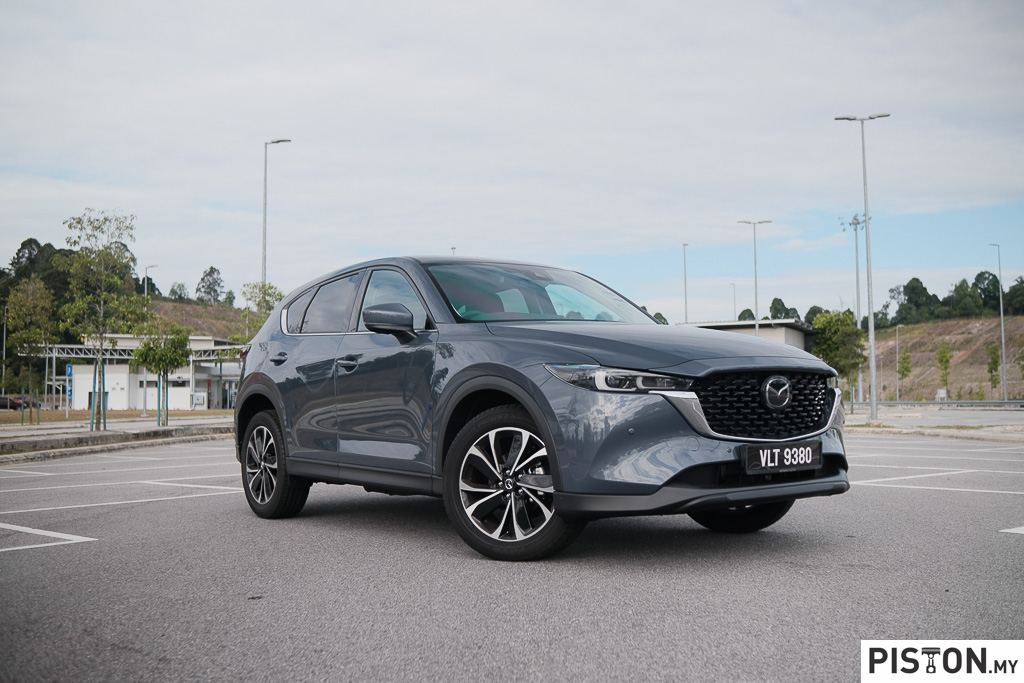
It could also mean big power. A big mighty V8 engine will always make a car nicer to drive than one than runs on a puny three-cylinder engine that huffs and puffs on its way to the top.
Handling though, is one part where most people miss out. To appreciate handling, there needs to be a prerequisite – you should have driven some crappy cars that handle like wooden tanks to be able to appreciate one that handles like it were on rails. Or vice versa. How else will you know that a car handles well?
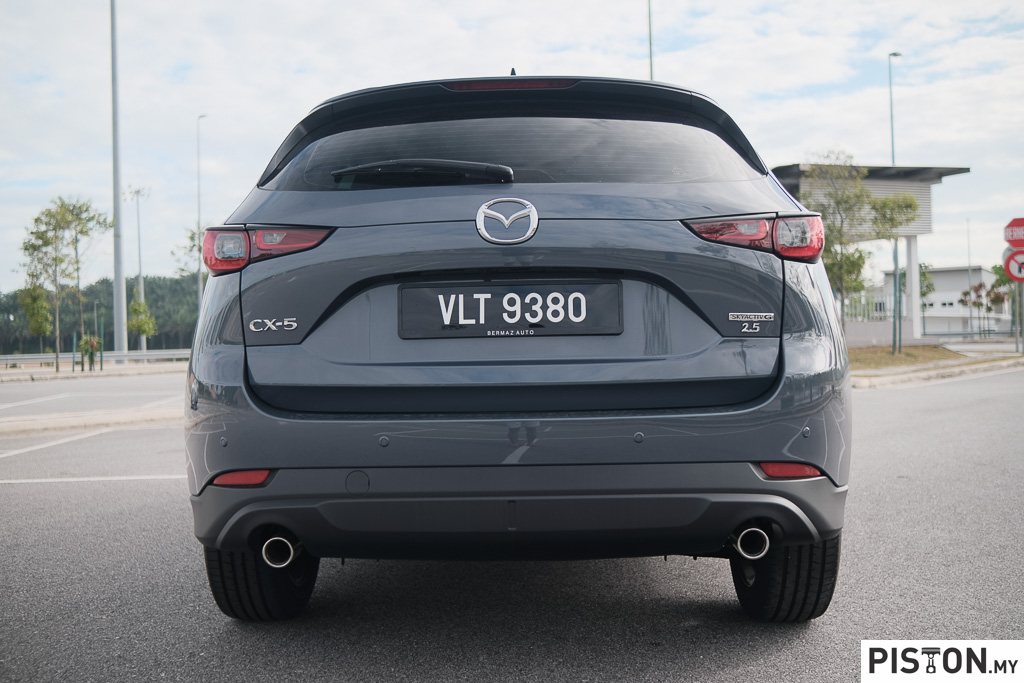
The term “nice car” is often used with SUV’s, which is unsurprising since they are big, spacious, and more often than not, quite comfortable. It is difficult to get the recipe wrong for an SUV, but it sometimes happens.
This article though is about one of the nicest SUVs to come out of Japan in recent times – the Mazda CX-5.
It is not very spacious though, as families with growing children will fast realise their kids will be kicking the front seats in a matter of months. Space is one of the biggest prerequisites that defines a nice SUV, and unfortunately the CX-5 runs out of it quite fast.
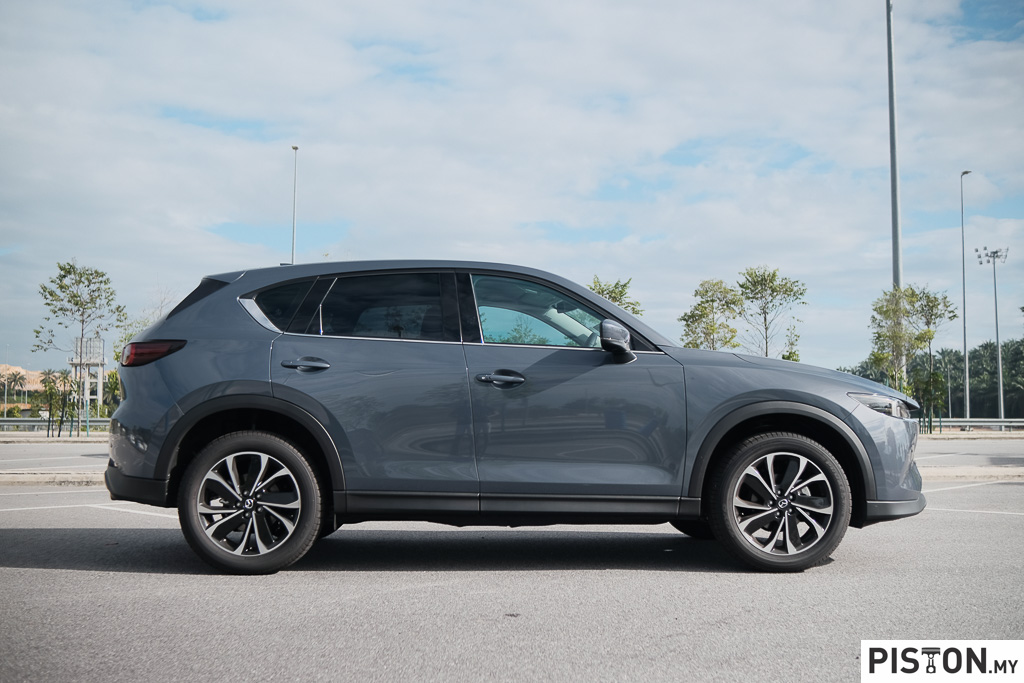
The model you see on these pages is the latest CX-5 that was launched in Malaysia in February of this year. Specifically, it is the 2.5G High variant, and it sits just below the flagship – the 2.5G Turbo.
It took about two years for Bermaz Auto, the assembler and distributor of Mazda cars in Malaysia, to offer the updated version of the CX-5 after its global launch.
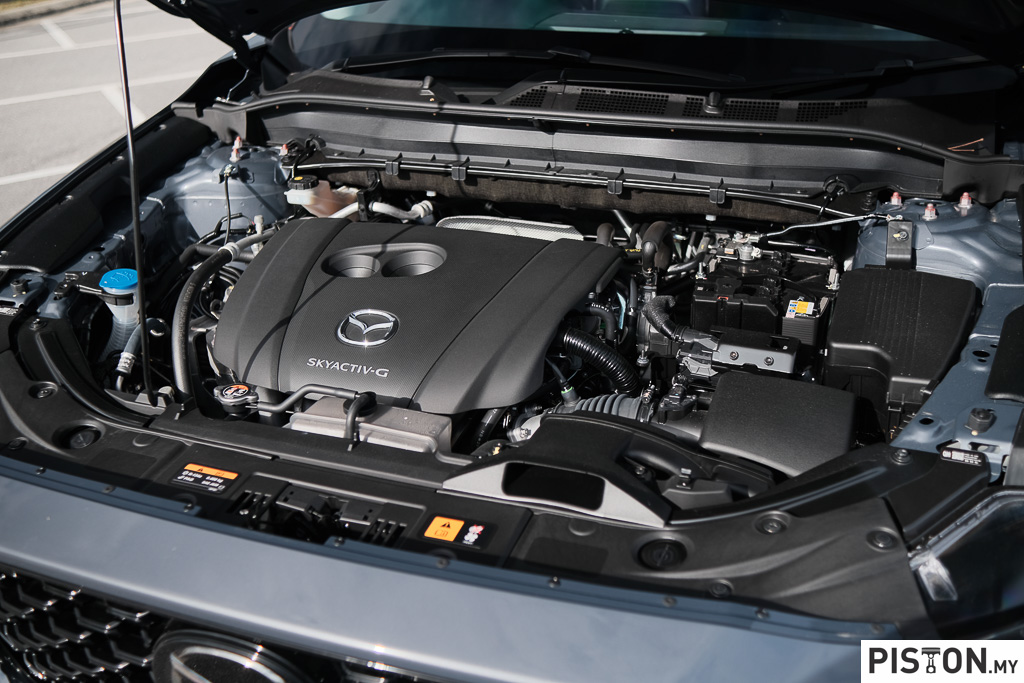
Priced from RM173,400, the 2.5G High is the fun-loving, thinking man’s choice. It’s 2.5-litre, naturally-aspirated, four-cylinder engine is not as powerful as the flagship, but still has quite to offer with 192hp and 258Nm of torque. The flagship and its turbocharged engine offer 228hp and 420Nm of torque, but because it runs on an all-wheel-drive powertrain, it seemingly has an unquenchable thirst for petrol.
The regular 2.5G High though has some impressive fuel efficiency. In fact, it is possible to travel well over 700km when it’s 56-litre tank is full, a distance that will make Turbo owners re-consider their purchase.
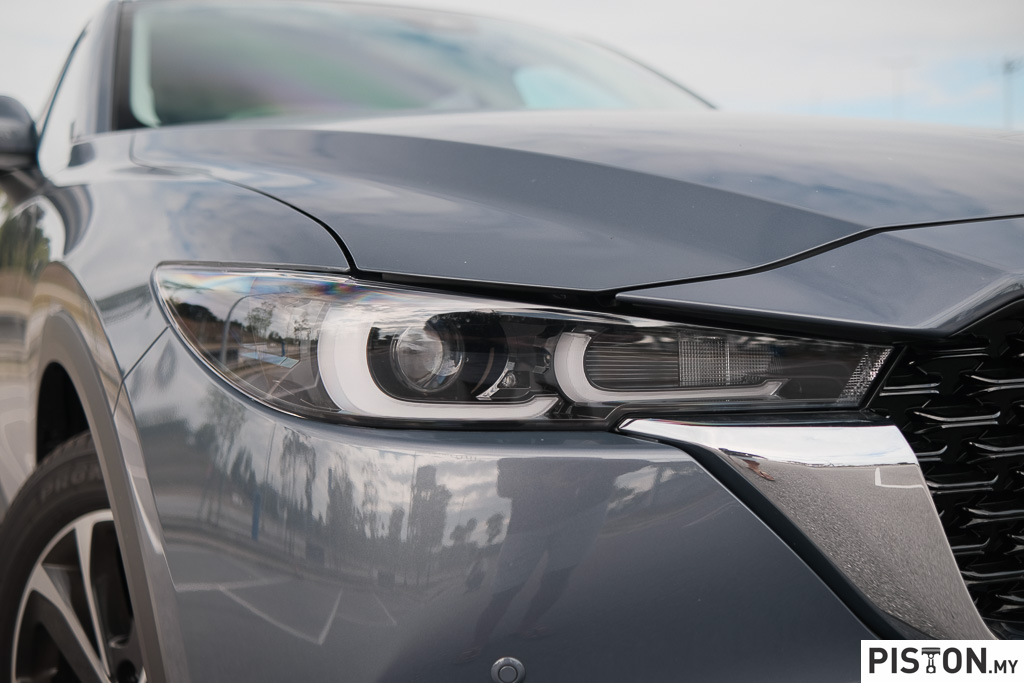
Visually, the new CX-5 can be distinguished by its new headlights with LED daytime running lights, LED taillamps, new 19-inch wheels and a new grille design.
Inside, it is business as usual, but there are some important updates. The front seats have been updated and are now ventilated, a much-welcomed feature to deal with our torrid Malaysian weather.
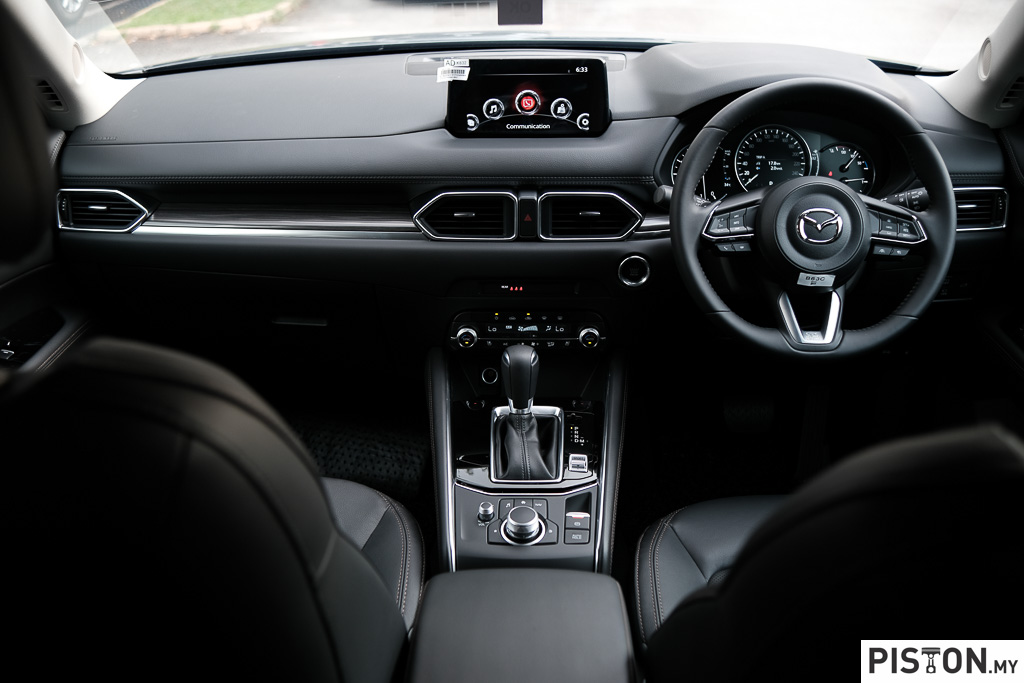
The other update is the wireless Apple Carplay while Android Auto users will still need to rely on a cable. The new CX-5 also gets a wireless charge pad.
Depending on how much you love to drive and how much control you like over your car, the new CX-5 also gets shifter pedals, which is great for those who like to indulge in the performance aspect of their car. All but the entry level model get this addition, and it lets you have better control over the power delivery of the car.
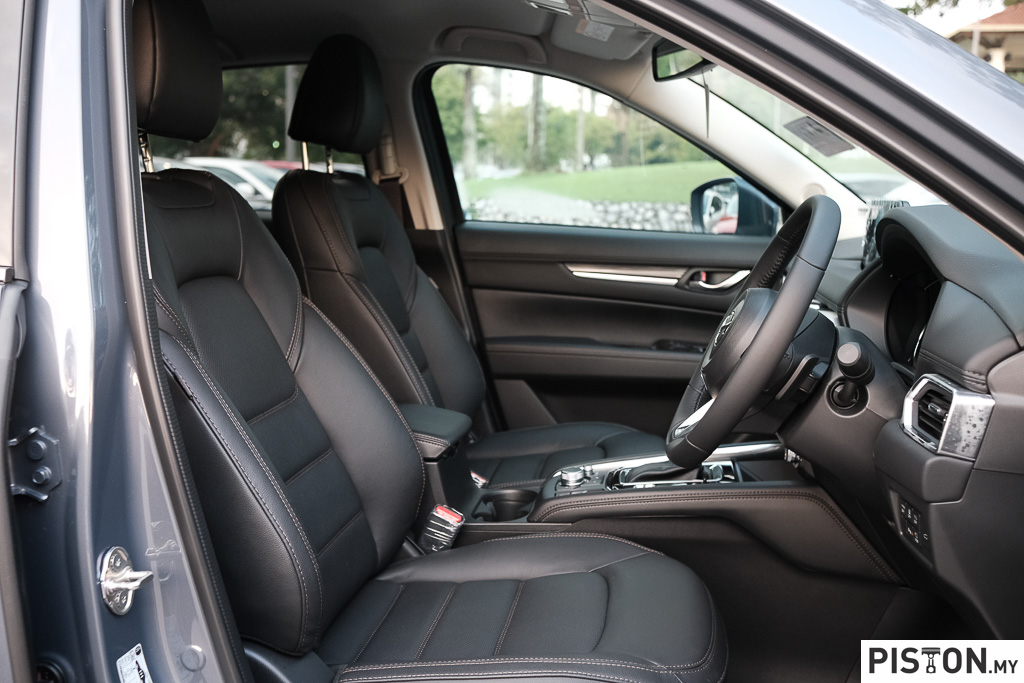
Besides that, everything about the interior of the new CX-5 is the same as the old. Placement of buttons and overall design is the same, and quality is still great. The CX-5 does not feel cheap inside, in fact, it is well thought out.
So, if the updates are few, what makes the CX-5 such a nice car then? A Mazda is a car that not only looks good, but it needs to be driven to appreciate that famous Mazda experience.
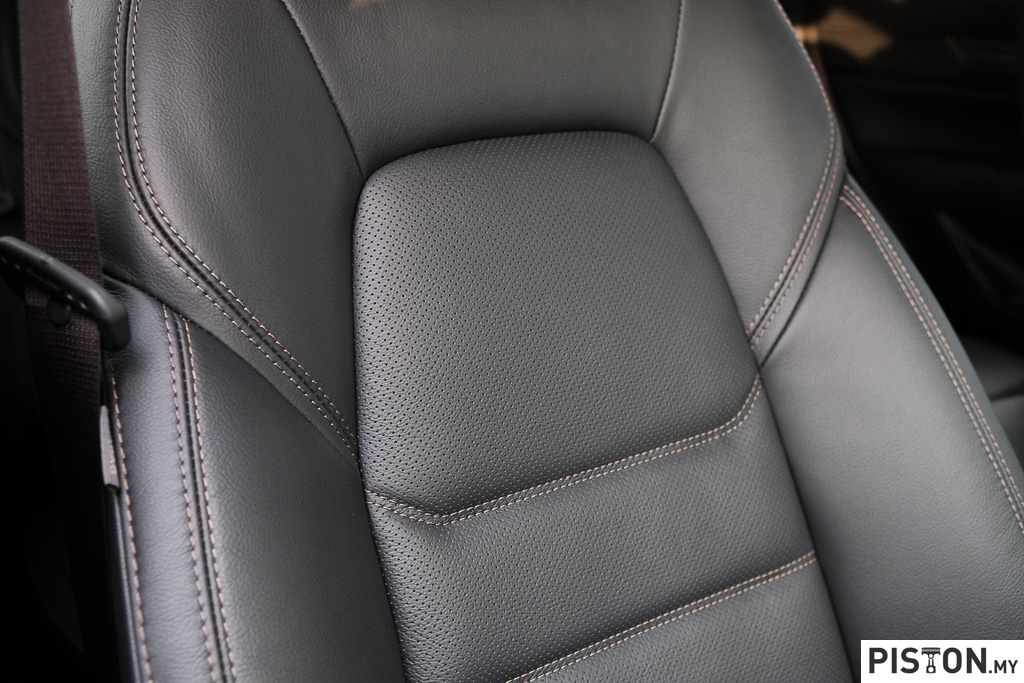
Just like every other manufacturer, Mazda spent a lot of time in ensuring that its cars were comfortable to drive, felt good, had all the latest safety tech and were easy on the eye.
But Mazda took it a step further by incorporating a tech that no other SUV in its category has, called the Mazda G-Vectoring Control Plus, or otherwise known as GVC Plus.
This simple but brilliant tech works by regulating engine torque and braking to provide effortless and seamless control over the car.
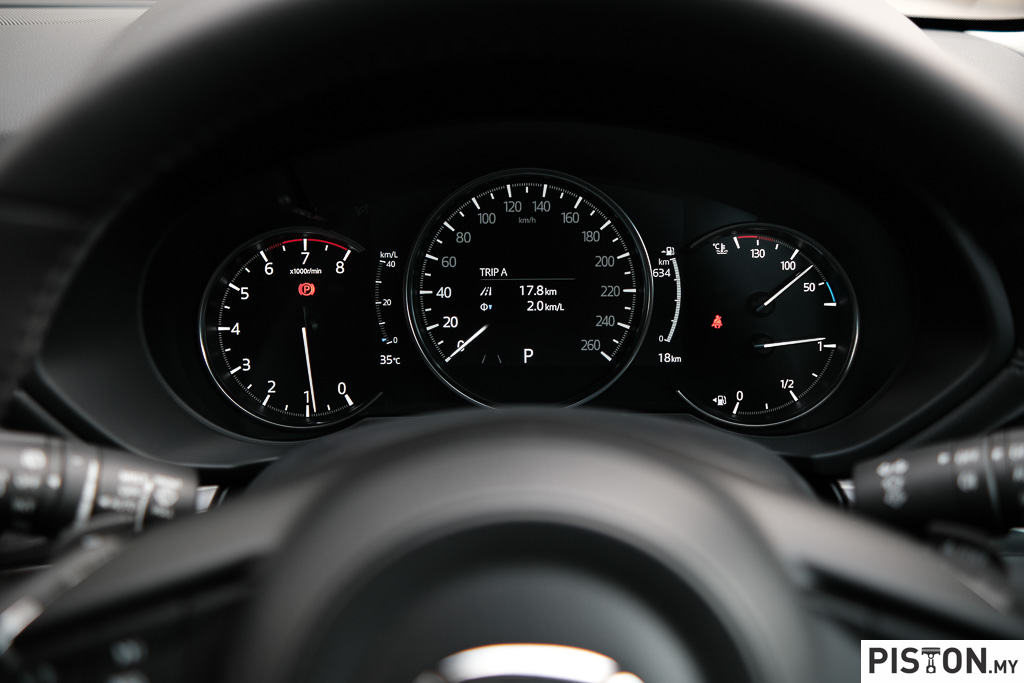
GVC Plus is basically a software algorithm that works by tying together the power steering control computer and the engine control computer.
Through super-fast calculations that is beyond what humans can feel, the software reduces engine power when the driver starts to turn the steering wheel during the entry of a corner.
This then moves the weight of the car forward very quickly and forces the front tyres to respond to the driver’s input more directly, making the car feel more obliging and consistent with minimal steering movement.
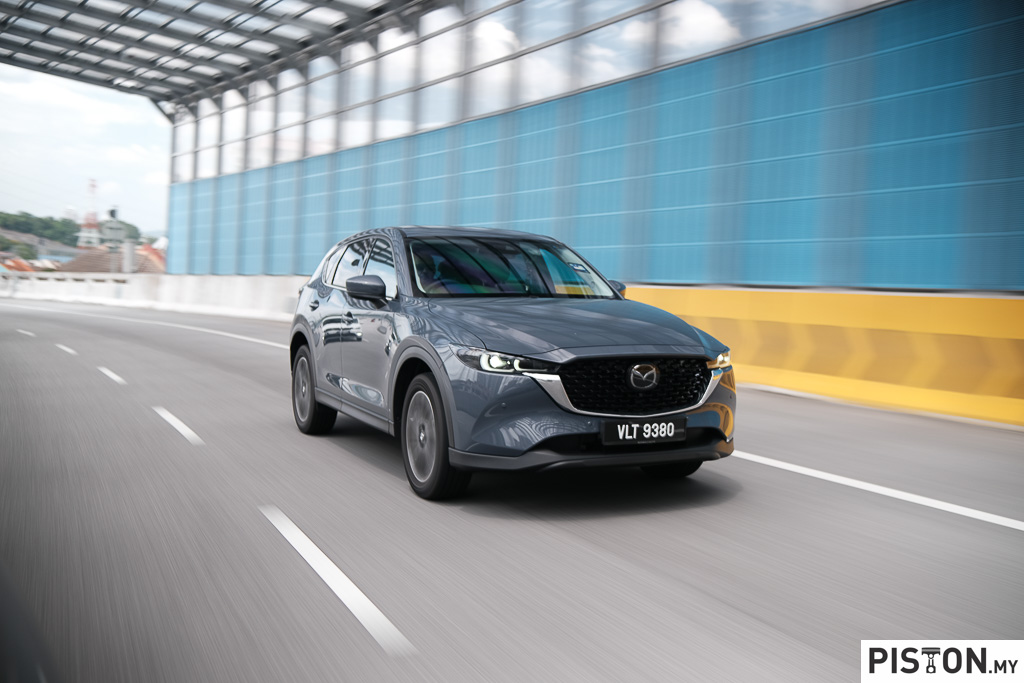
But that is only part of the story. The GVC Plus feature also works during the exit of a corner. To do this, the system applies a tiny amount of brake pressure to the outside front tyre of the car. So, if the car is turning left, very little brake pressure is applied to the front right tyre of the car. This helps to straighten the car during exit, which inadvertently makes the car feel more agile during entry and exit.
This also means that passengers get a more comfortable ride quality because the driver drives more smoothly and makes fewer steering inputs. Mazda says this also helps with reducing fatigue as the driver does not have to work the steering wheel as much.
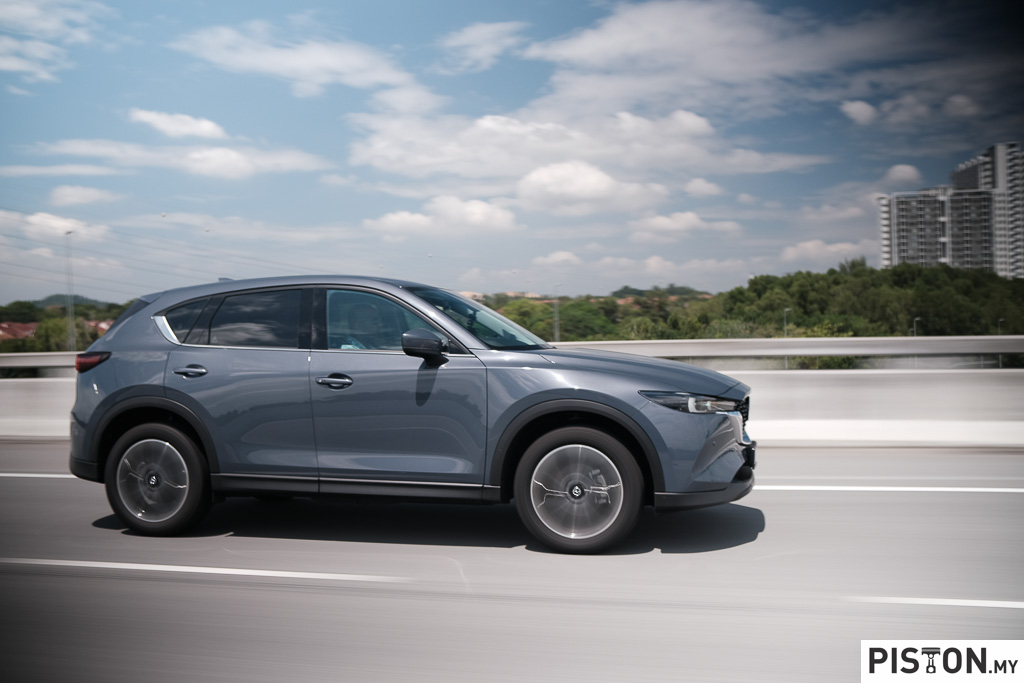
This is all part of Mazda’s Jinba-Ittai concept, which translates to horse and rider as one. In this context, it basically means that driving Mazda cars should feel completely natural and intuitive where the car responds to the driver as it if was part of our own body.
The feeling that you ultimately get when you are behind the wheel of a Mazda is different from any other Japanese SUV. You don’t expect the Mazda to feel so good and effortless. The naturally-aspirated engine has a metallic rasp to it that frankly, sounds really good, better in fact than the whooshing sound of its turbocharged sibling. And this sometimes coxes you to get on the accelerator pedal just to indulge in that sound.
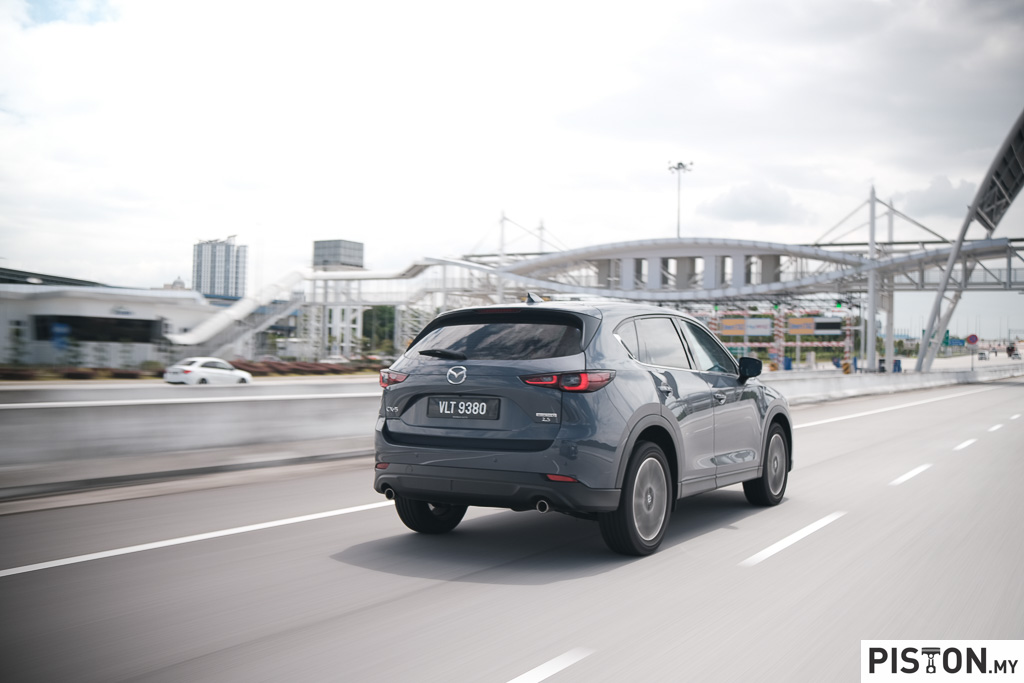
And if you are into tech, the new CX-5 might impress you again with the newly added adaptive cruise control and adaptive front-lighting system that automatically illuminates dark areas and sign boards. That is not to mention the armada of safety tech that includes an impressive ADAS suite.
This then brings us back to the original question then, what do people mean when they say that a car is nice? Nice is undeniably subjective and what is nice to one person may not be so for another, but the next time someone says that a Mazda CX-5 is nice to drive, believe them.
Specifications:
Engine: 2.5-litre, naturally-aspirated, four-cylinder, 16-valve, DOHC
Power: 192hp @ 6000rpm
Torque: 420Nm @ 2000rpm
Transmission: SKYACTIV DRIVE 6 speed automatic with manual paddle shifters
Suspension: MacPherson Struts (Front) Multi-link (Rear)
Price (as tested): RM178,260.40 (On the road without insurance with Premium paint)
We like: Driving experience, efficiency, comfort
We don’t like: Can feel small after a while

